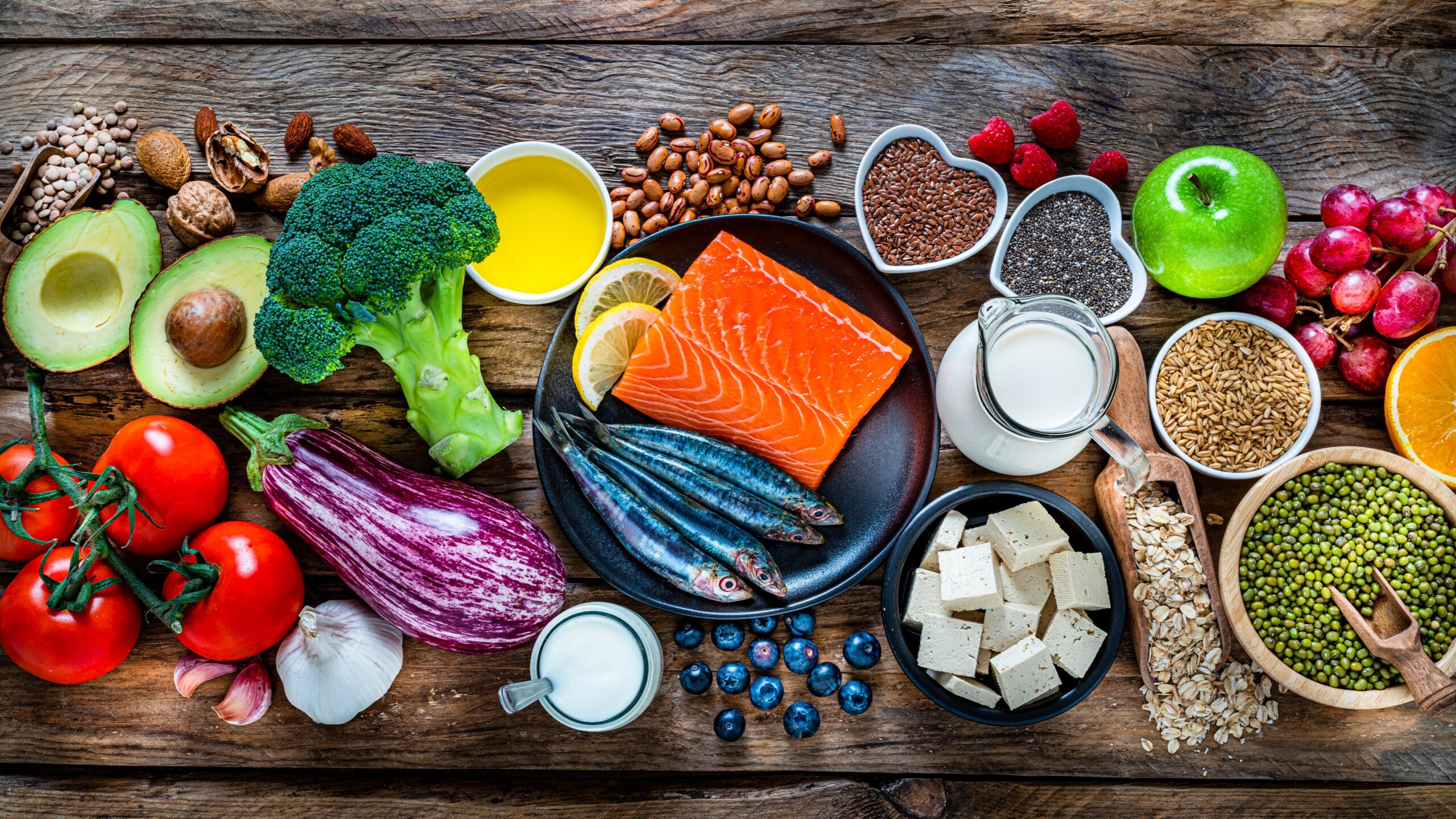
Having high cholesterol, whether it's because we've made bad lifestyle choices or it's due to genetics, is dangerous. Theoretically, we all know it can lead to heart disease, a stroke, or a heart attack. Yikes! But don't despair. There are simple steps you can take to stay healthy and we're sharing them here.
More from MamásLatinas: All about 5×5 Detox, the carrot juice regimen that cleanses the body & restores health
You can naturally help reduce levels of that waxy substance known as cholesterol in your blood just by going to the supermarket. Eating more cherries, strawberries, and even habichuelas guisadas will put on you on a heart-healthy path. We've done all the research and compiled 40 foods that experts say offer the benefits of lowering cholesterol. They're all tasty, too! Of course, consult with your doctor first.
The advice on MamasLatinas.com is not a substitute for consultation with a medical professional or treatment for a specific condition. You should not use this information to diagnose or treat a health problem without consulting a qualified professional. Please contact your health-care provider with questions and concerns.
Oatmeal is a "miracle worker" when it comes to lowering cholesterol.
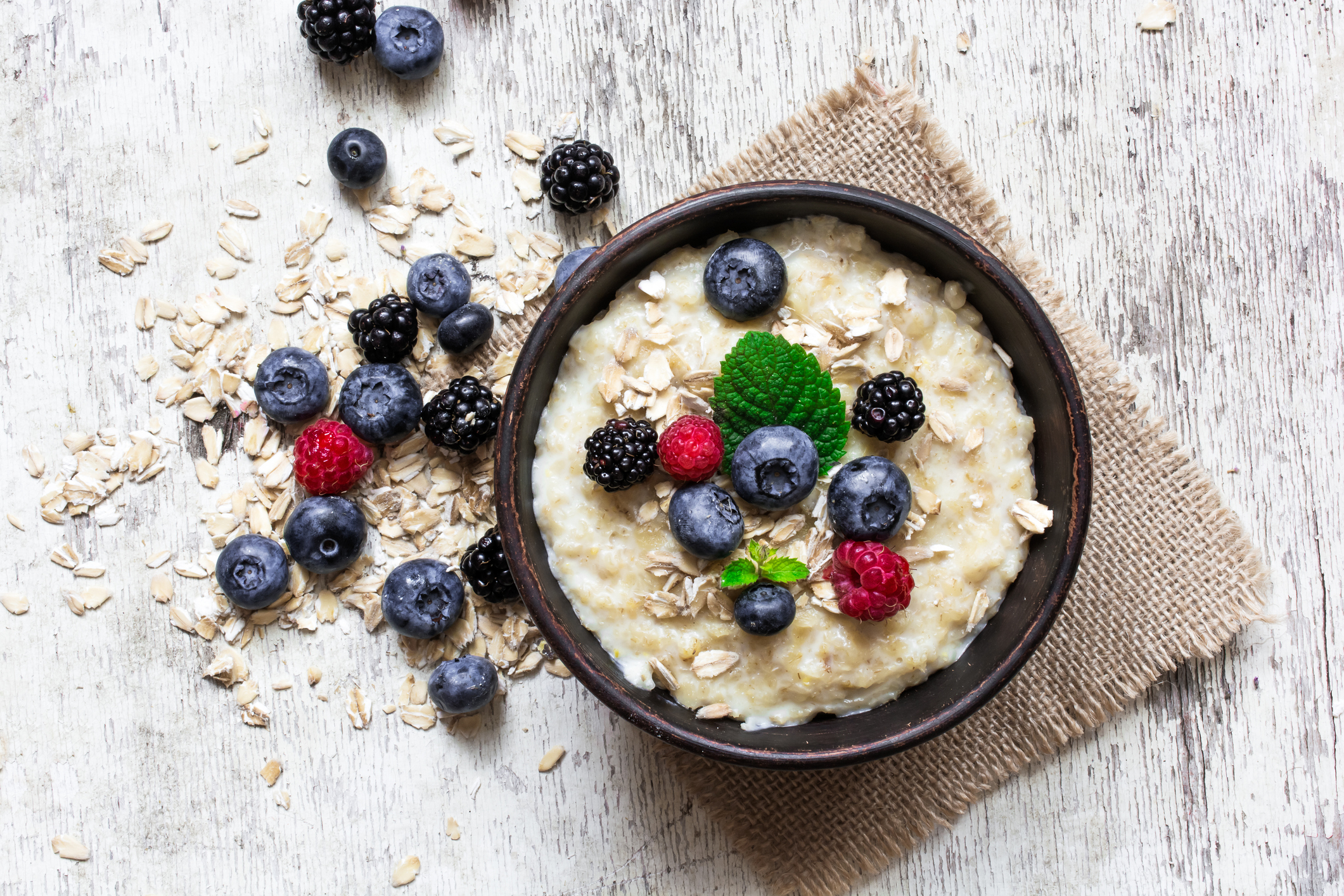
If you’re looking to lower your cholesterol, make oatmeal your BFF. Seriously. According to the Mayo Clinic, the soluble fiber in oats decreases your low-density lipoprotein, or LDL, the “bad” cholesterol. Go for steel-cut oatmeal and add some fruit to pack in more fiber.
Increase your barley intake to reduce your cholesterol.
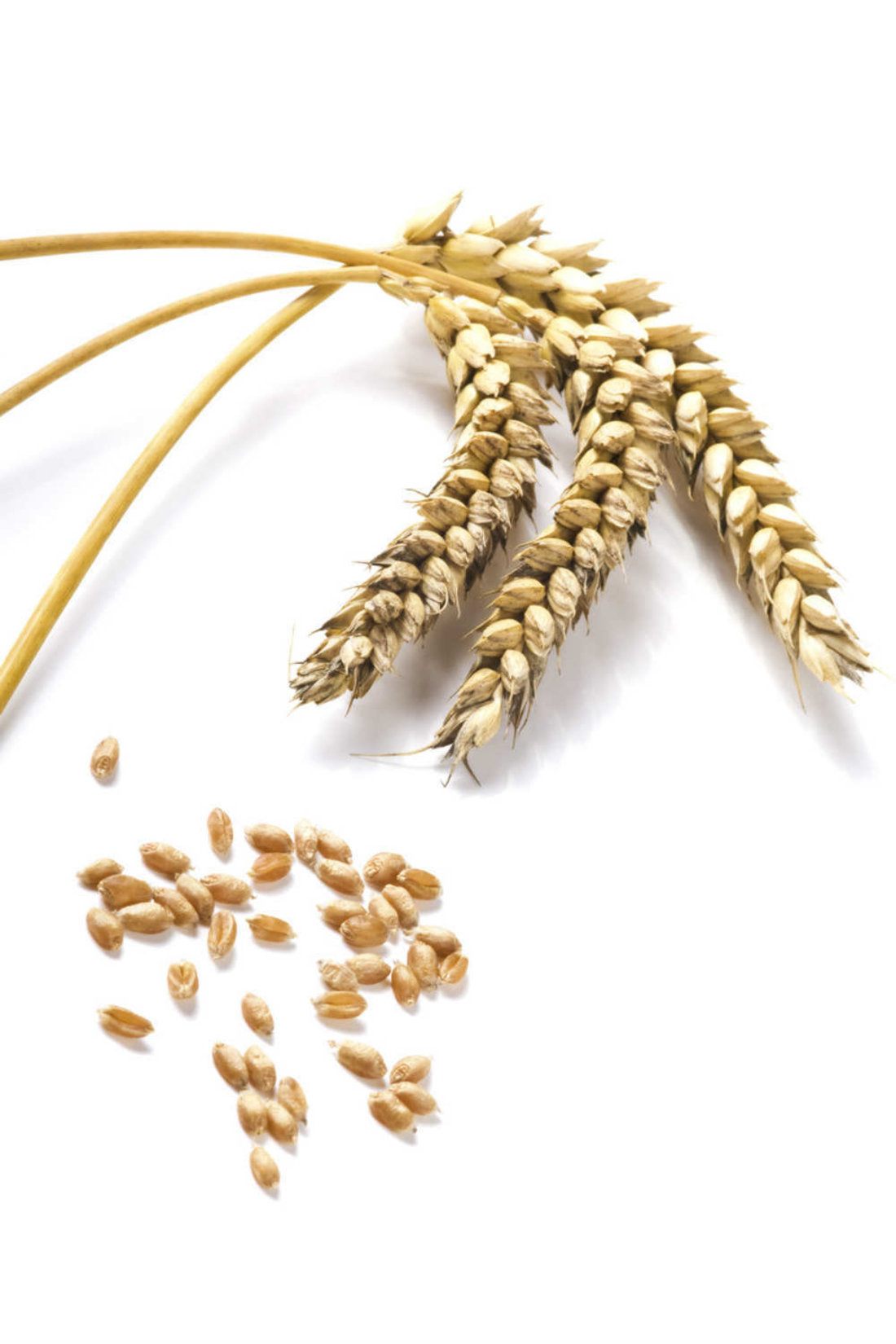
Barley, like many whole grains, contains beta-glucan, a soluble fiber shown to help lower cholesterol. If you are not familiar with it, it has a mild nutty taste to it. You can add barley to your diet by including it in soups, having it like you would oatmeal, buying baked products that include barley in them, or using barley when you bake.
Add eggplant to your diet.
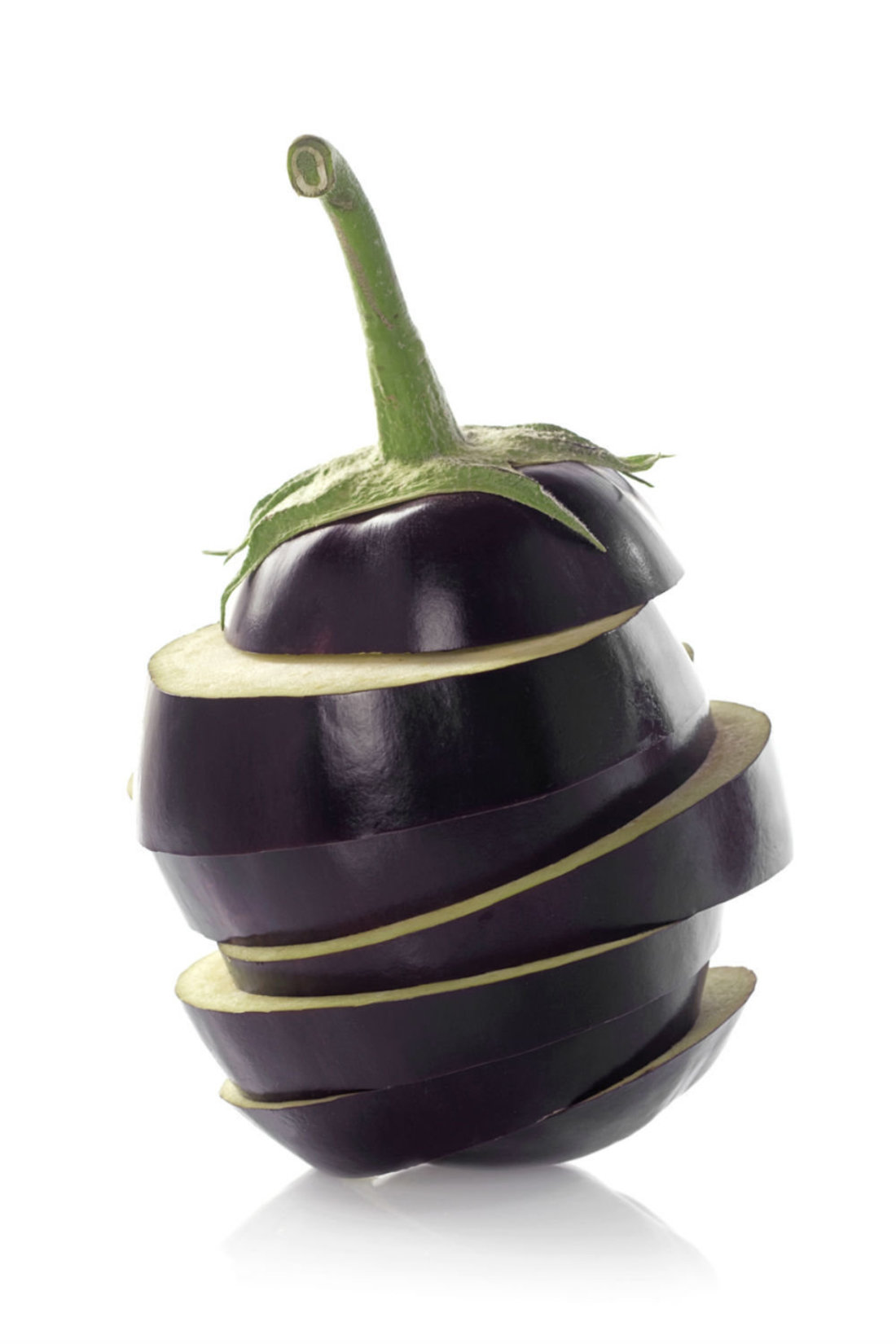
By now you can see a trend: Soluble fiber plays a crucial role in decreasing cholesterol. Eggplant is an excellent source of soluble fiber and it’s a low-calorie veggie. Eggplant is versatile and can be prepared in countless ways. You can bake it, roast it, grill it, mash it, bread it, stuff it, or stir-fry it. It goes well with pasta and it also works in sandwiches.
Okra is an underrated nutritional powerhouse.

This veggie is often overlooked, but it contains vitamin C, potassium, and calcium, in addition to cholesterol-lowering soluble fiber. Just 1/2 cup of cooked okra contains 2 grams of dietary fiber. Depending on how it's prepared, okra can be crunchy or soft. Okra can easily be added to soups or stews. You can also roast it and some people love to pickle it.
Eat more avocados.

We'll take any excuse to eat more avocados because we can't get enough of them and they're good for you! Avocados are jam-packed with nutrients and heart-healthy MUFAs (monounsaturated fatty acids), which may lower your LDL cholesterol. For best results, eat avocados with veggies such as cucumbers, or put them in salads.
Olive oil is so versatile and also helps lower cholesterol.
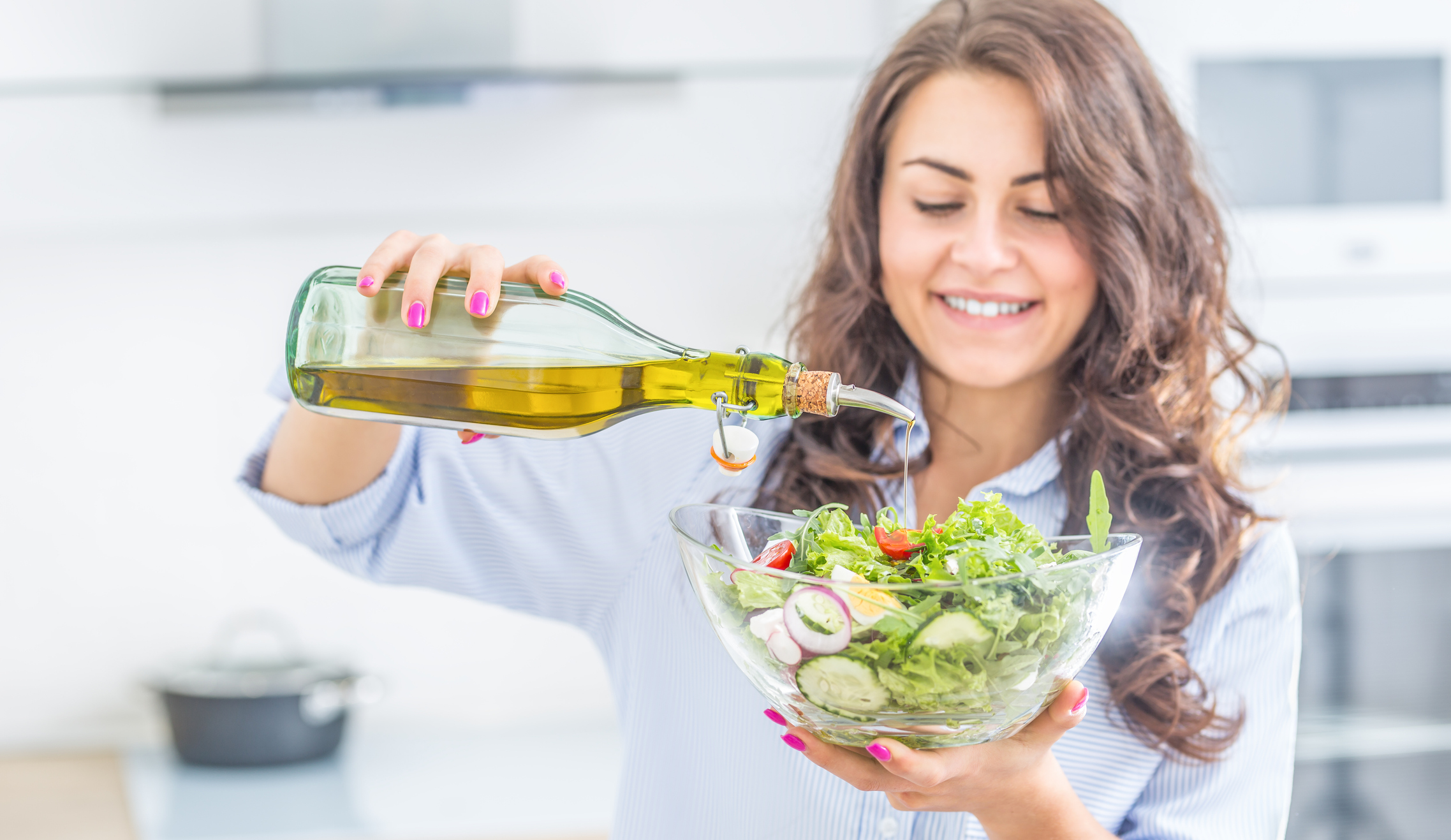
The Mayo Clinic suggests consuming about 2 tablespoons of olive oil a day. Feel free to use it as part of a marinade, in salad dressings, for roasting veggies, and even as a substitute for butter when basting. You can also use it instead of butter when you're eating bread. Mix it with a bit of balsamic vinegar and dip your bread into the mixture. So good!
Soy can be a great addition to your diet.
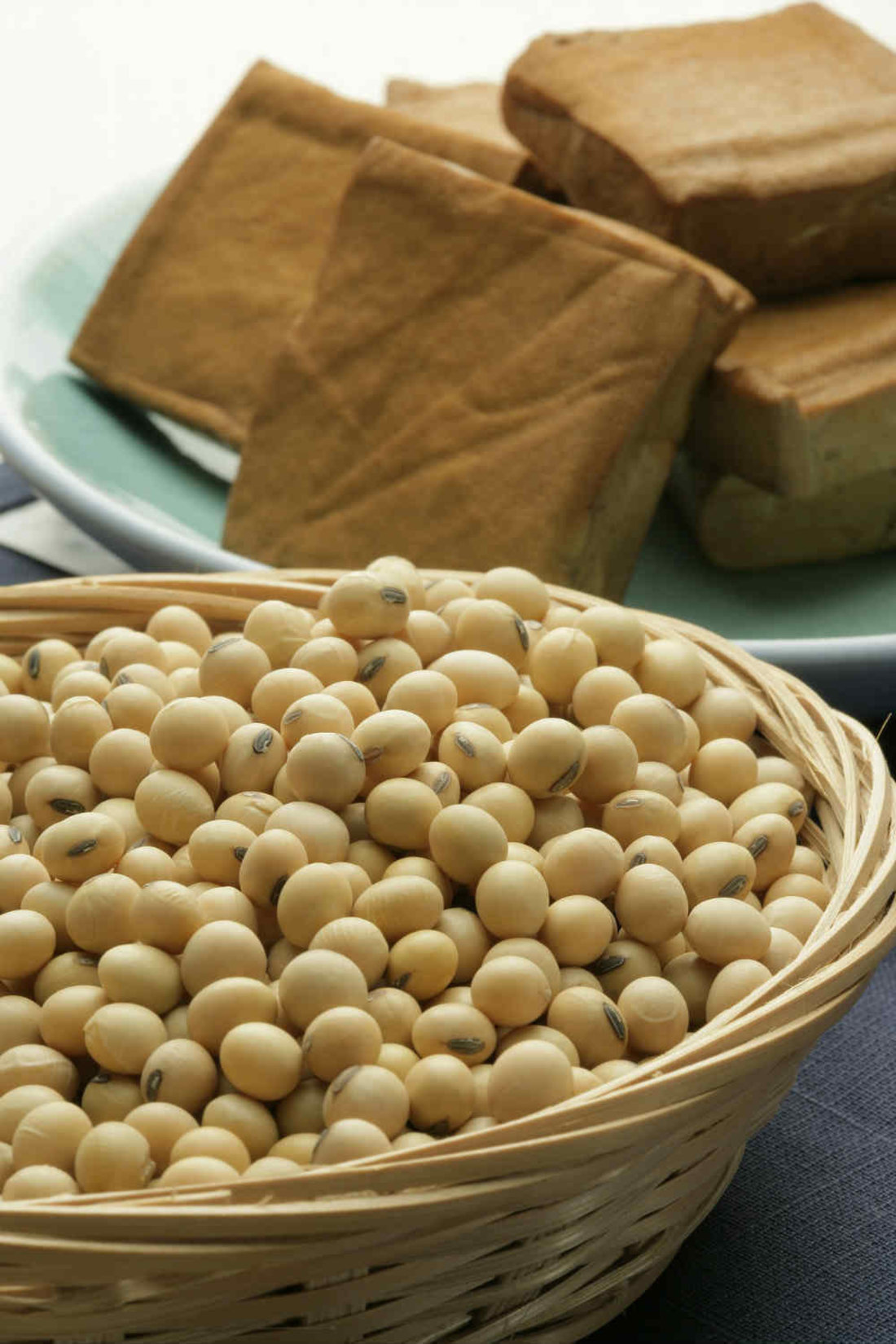
Derivatives of soy, from its liquid form (soy milk) to the young bean form (edamame), all help lower your cholesterol. Healthy ways to consume soy include: soy puddings, tofu, roasted soy nuts, tempeh, soy nut butter, soy milk, miso soup, tofu sausage, and soy yogurt. Honestly, there are a ton of soy products available for you to try.
Tofu is a great source of protein.
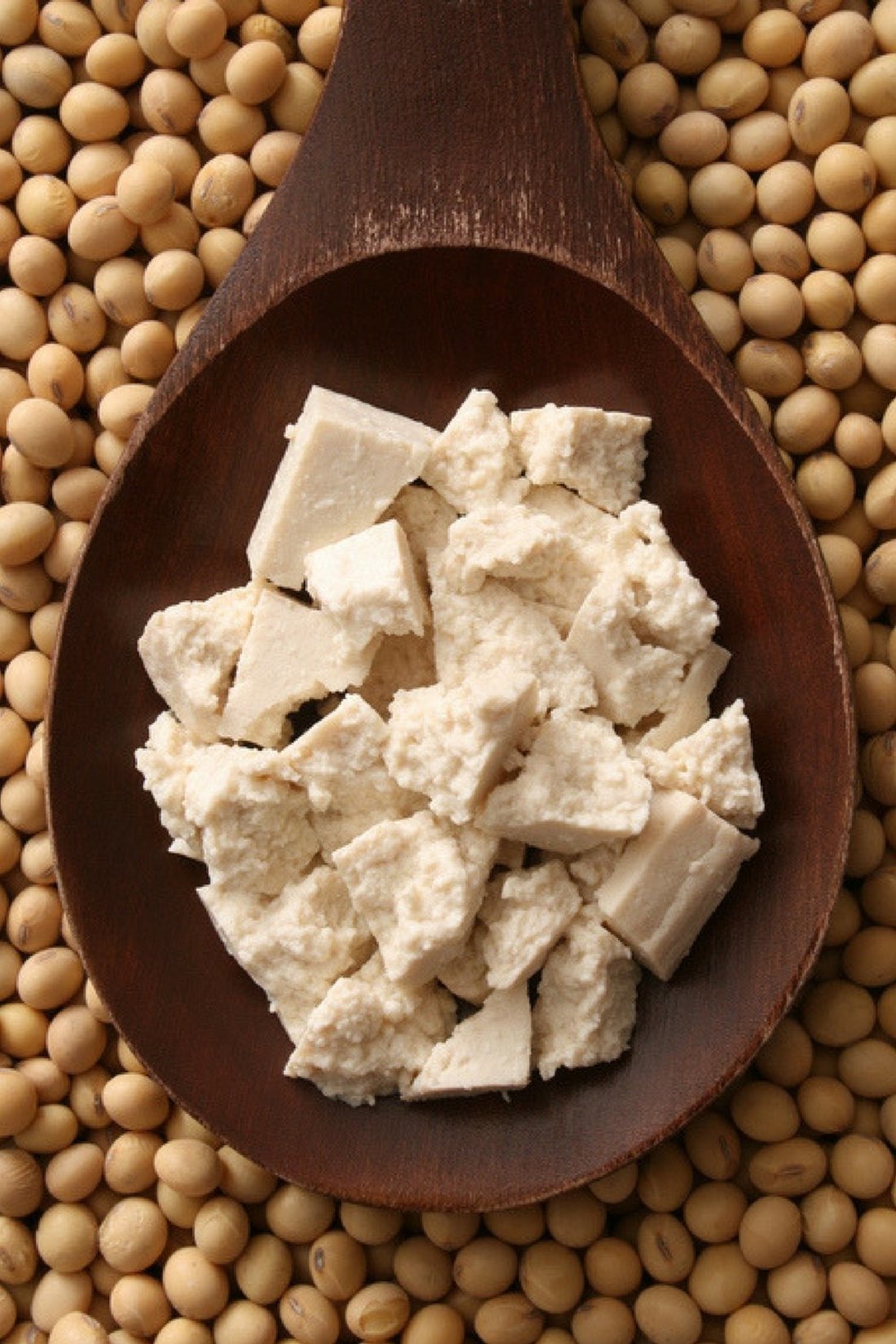
Studies show tofu may help boost kidney function and keep bone loss at bay, but consuming 10 ounces of tofu a day helps lower LDL cholesterol. Tofu is made from soy and, as we mentioned, soy is great for folks trying to lower their cholesterol. Tofu can be cooked up to be crispy, you can use it when you stir-fry, or put it in soups.
You bet soy milk shares similar benefits with tofu.

Drink 2 1/2 cups of soy milk a day to achieve LDL-lowering results. Not sure how to get those 2 1/2 cups of soy milk in every day? Well, you can use soy milk to make smoothies, use it instead of regular milk for your cereal, put it in your coffee, or add it to your oatmeal. Basically, anything you would use milk for, you can use soy milk for, too.
It’s a good thing edamame is more readily available in the supermarket.
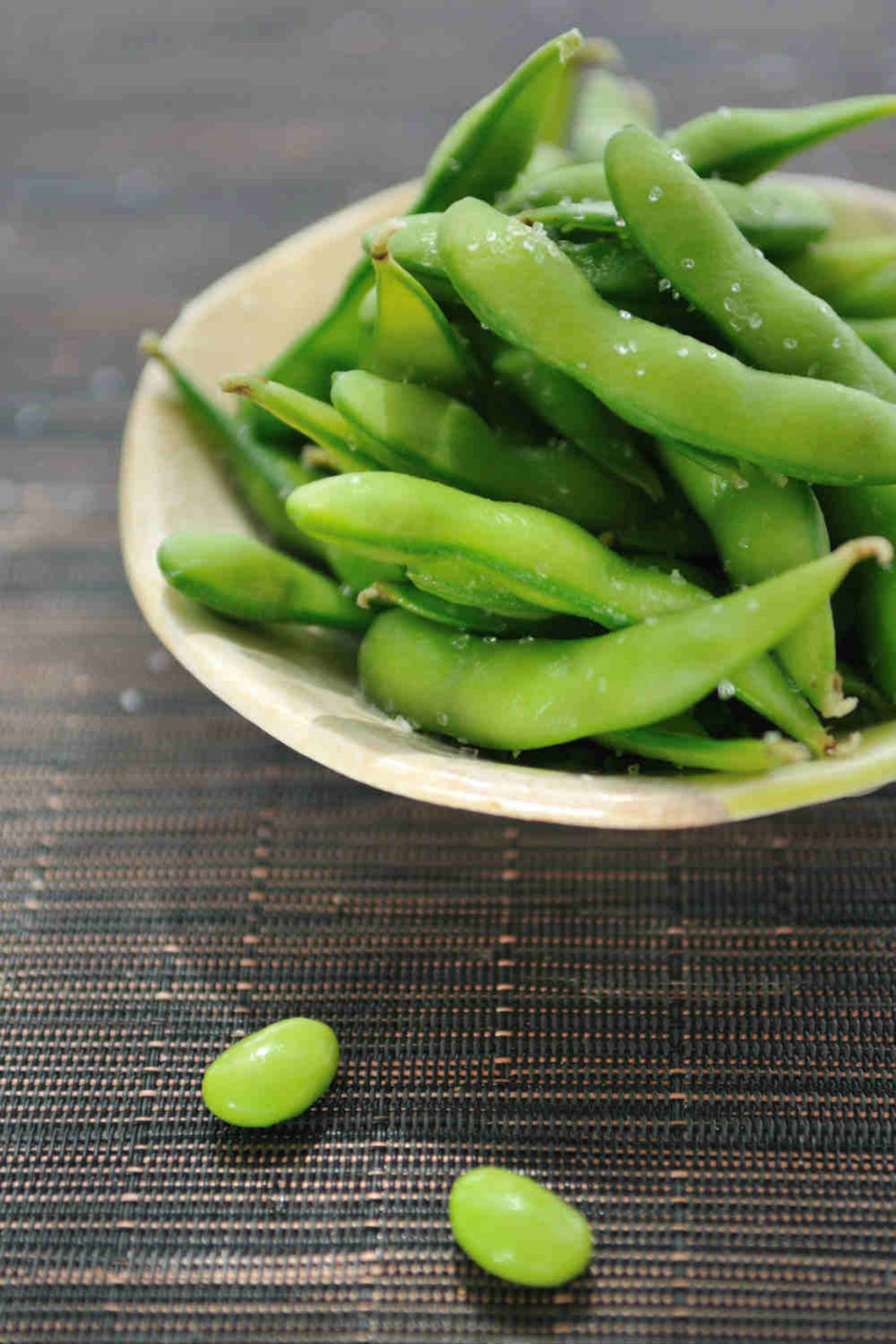
Edamame is a great snack, especially when you’re trying to lose weight and reduce your cholesterol. Just a cup of edamame a day will put you on a path to reap its benefits. What's great about edamame, too, is that you can snack on it instead of chips and still feel like you're having a treat. It's delicious and satisfying.
There are so many reasons to eat salmon at least twice a week.
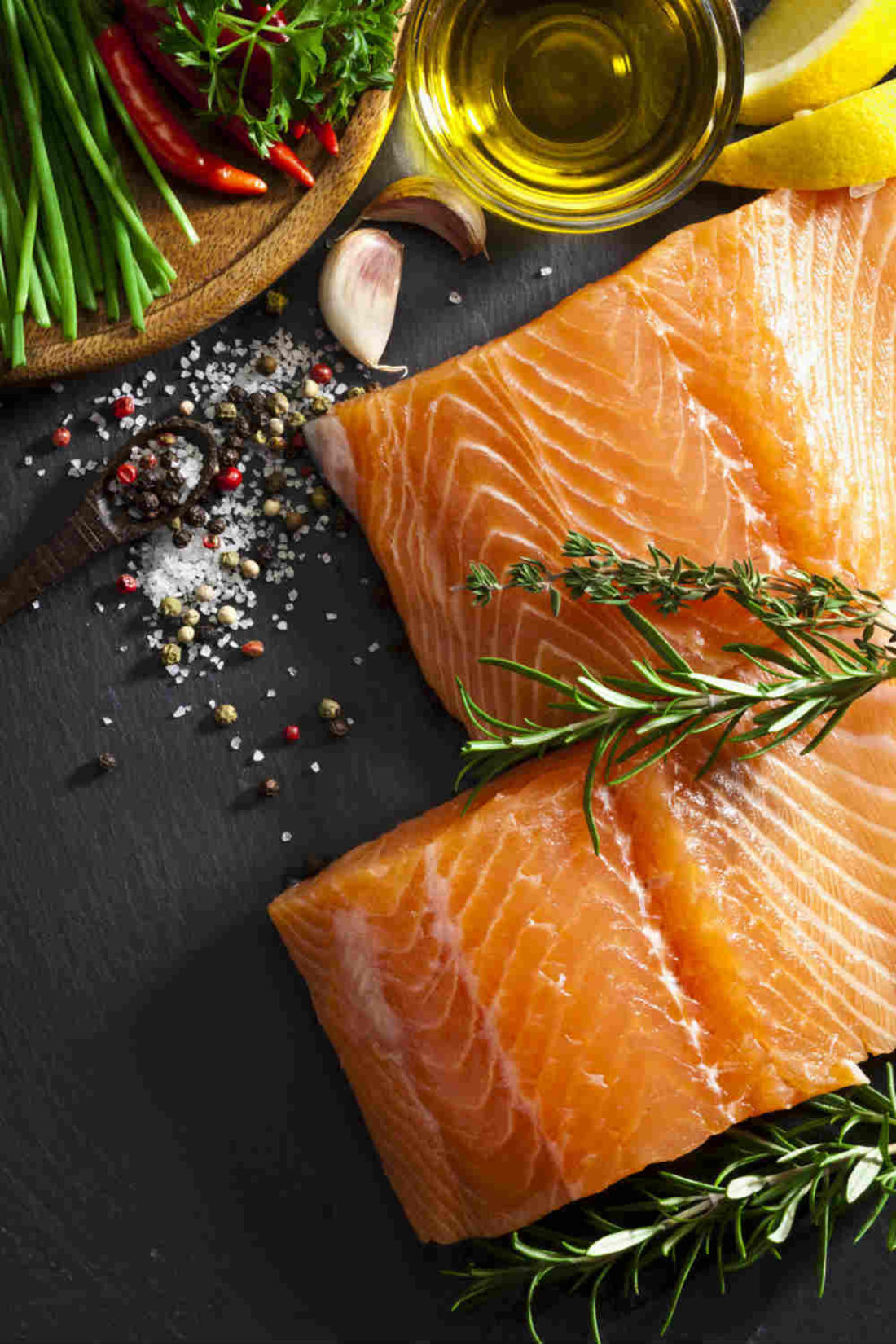
The American Heart Association recommends you eat certain types of fatty fish, like salmon, at least twice a week because it's an excellent source of protein and is loaded with omega-3 fatty acids. Salmon has an incredible taste that shines all on its own, but works great in other dishes like, say, TACOS!
Include mackerel in your seafood rotation to help reduce bad cholesterol.

Just like salmon, mackerel contains lots of omega-3 fatty acids, which have been shown to lower triglyceride levels and slow growth rate of artery-clogging atherosclerotic plaque. Mackerel, when cooked, is soft and flakey. There are many ways to prepare it. You can pan-fry it, bake it, roast it, broil it, use it in soups, or grill it.
An apple a day can literally keep the doctor away.

Apples are a high-antioxidant food, which means they combat those cell-damaging free radicals. They are also rich in pectin, a soluble fiber shown to lower LDL cholesterol. If you don't consider yourself a fan of apples, it could simply be that you haven't tried the right variety. There are many to choose from aside from Red Delicious like: Fuji, Gala, Granny Smith, and many, many more.
Pears are gut-friendly and heart-healthy fruits.
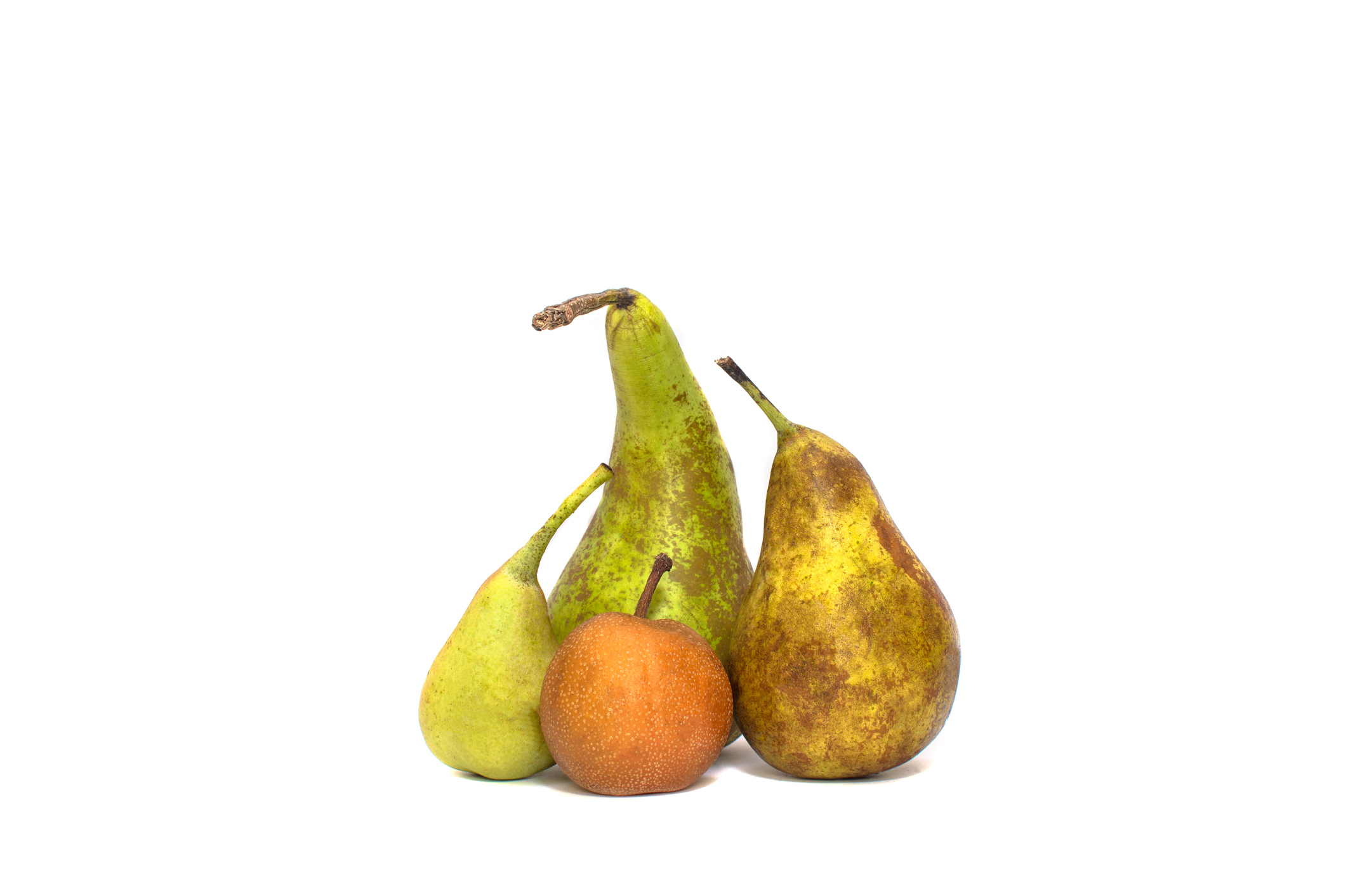
Knowing that pears contain even more pectin than apples makes them taste even sweeter. Pears, like apples, come in many varieties. Your choices include: Bartlett, Limonera, Williams, Tosca, Red Bartlett, Red Blush, and Red Anjou. Keep in mind that you can add pears to your salads. Trust us, they take a salad to the next level.
Grapes have cholesterol-reducing benefits.
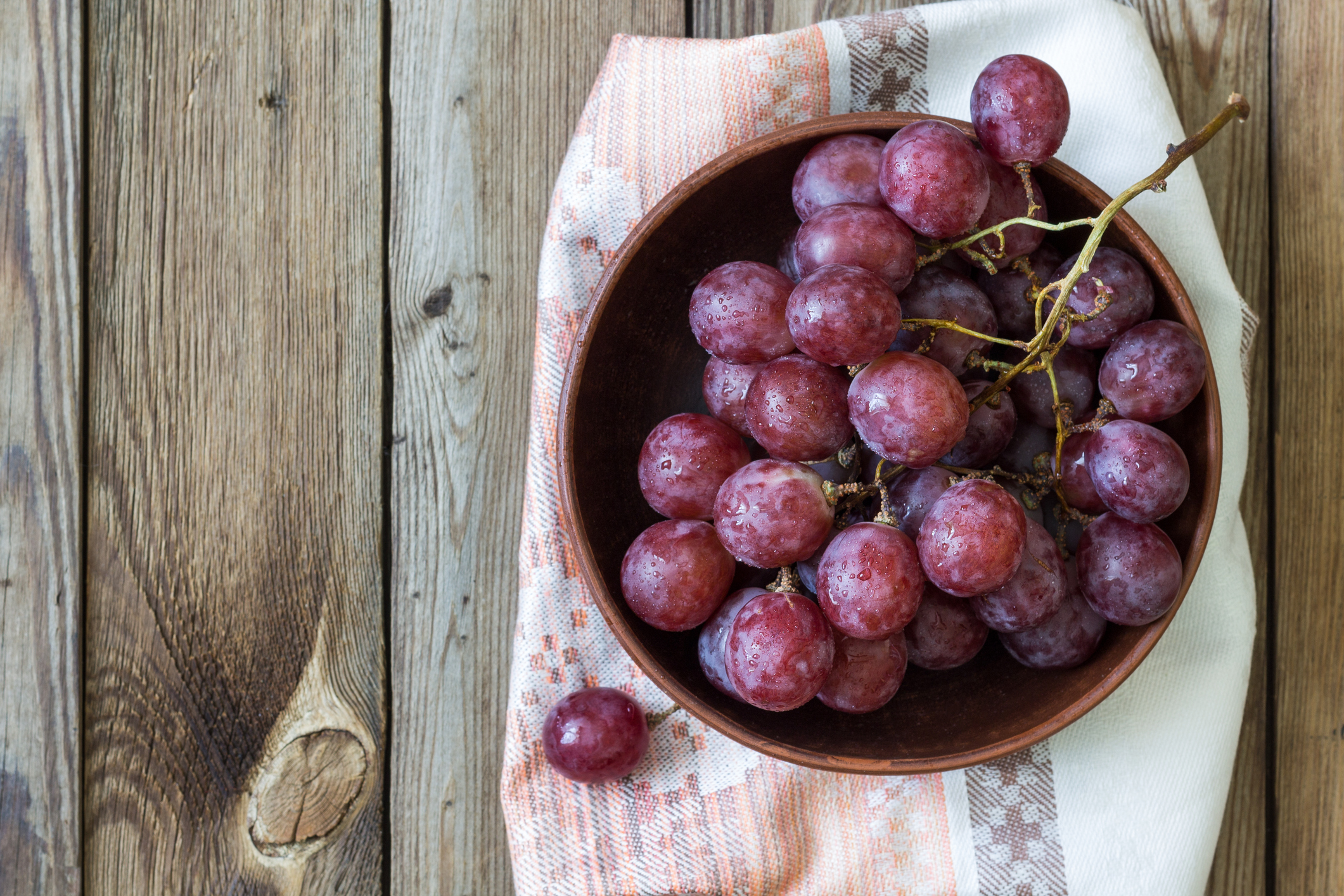
Who doesn’t love grapes? This juicy fruit isn’t just delicious, it has also been found to be just as powerful at reducing cholesterol as some prescription drugs. In the summer you can put grapes in the freezer and snack on them frozen or add them to your water instead of ice cubes. When you're doing drinking your water, you can snack on the grapes.
To some extent, red wine offers some cholesterol-reducing benefits, too.

Red wine contains resveratrol, which is found in red grape skin, which could reduce the risk of blood clots and lower LDL. The American Heart Association recommends no more than one 12-ounce alcoholic per day for women, so please keep that in mind. Moderation is key when it comes to enjoying the beneficial properties of wine.
Pistachios are so good for you.

These green kernels are packed with antioxidants, are rich in iron, and contain healthy fats. Researchers found that the antioxidants might prevent LDL cholesterol from oxidizing and moving into a person’s bloodstream. Sprinkle some on your salad in place of cheese or croutons. Or enjoy a handful a day all by themselves.
Walnuts may reduce your risk of heart disease.
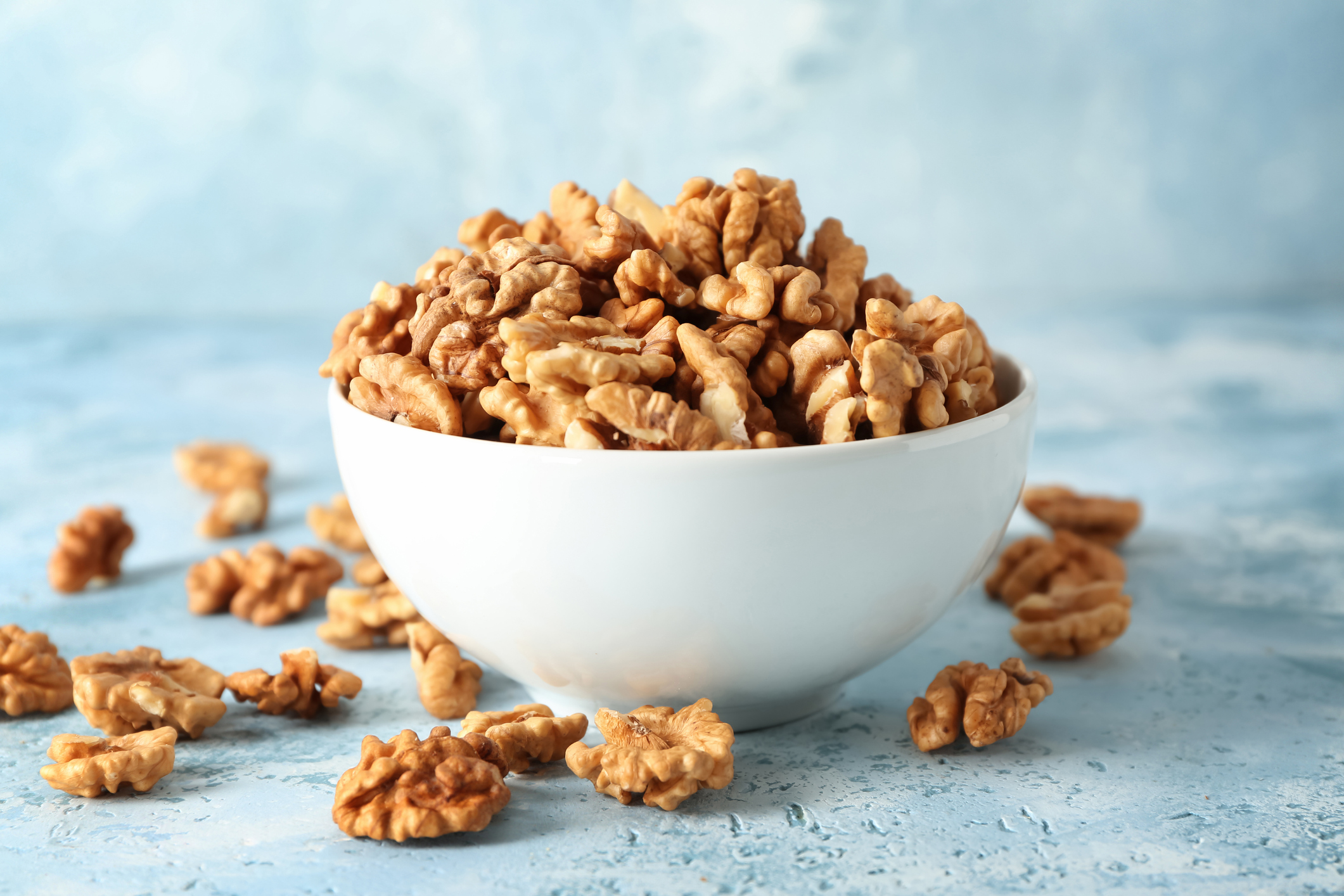
The experts at the Mayo Clinic suggest eating about 1 1/2 ounces of walnuts and other tree nuts a day because they are rich in heart-healthy fatty acids. Avoid the salted or sugar-coated kind. You can add them to your baked goods, salads, or trail mix. Carry some in your bag for when you get hungry while you're out and about.
Yup, almonds also have heart-healthy benefits.
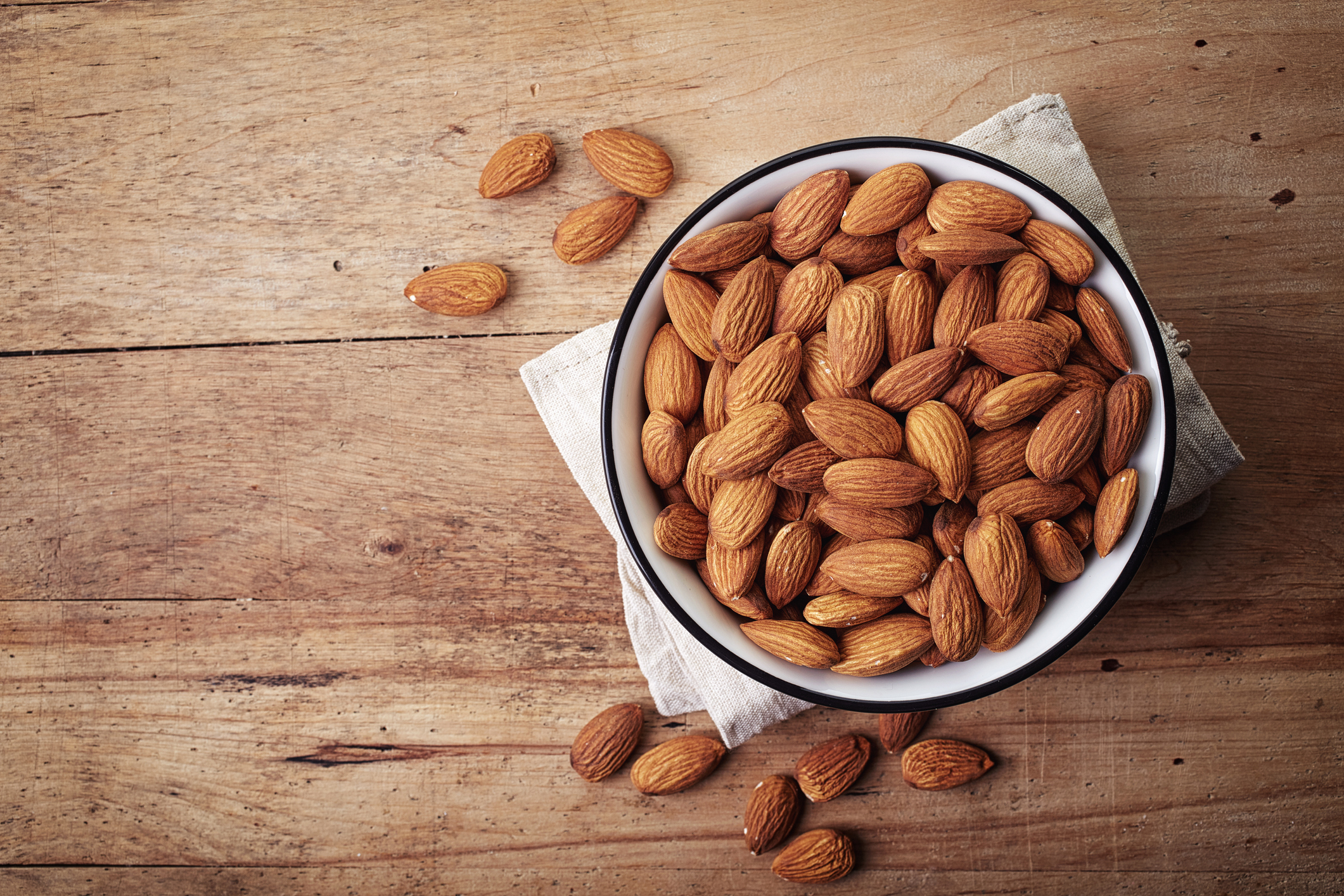
Just like walnuts, these babies contain good-for-you fatty acids. You can eat almonds raw or toasted. Don't be shy about adding them to your baked goods, putting them in your salads, or adding them to savory dishes. They are really versatile and add a bit of crunch to all kinds of foods. Sprinkle some into your yogurt.
Dark chocolate and almonds make the perfect pair.
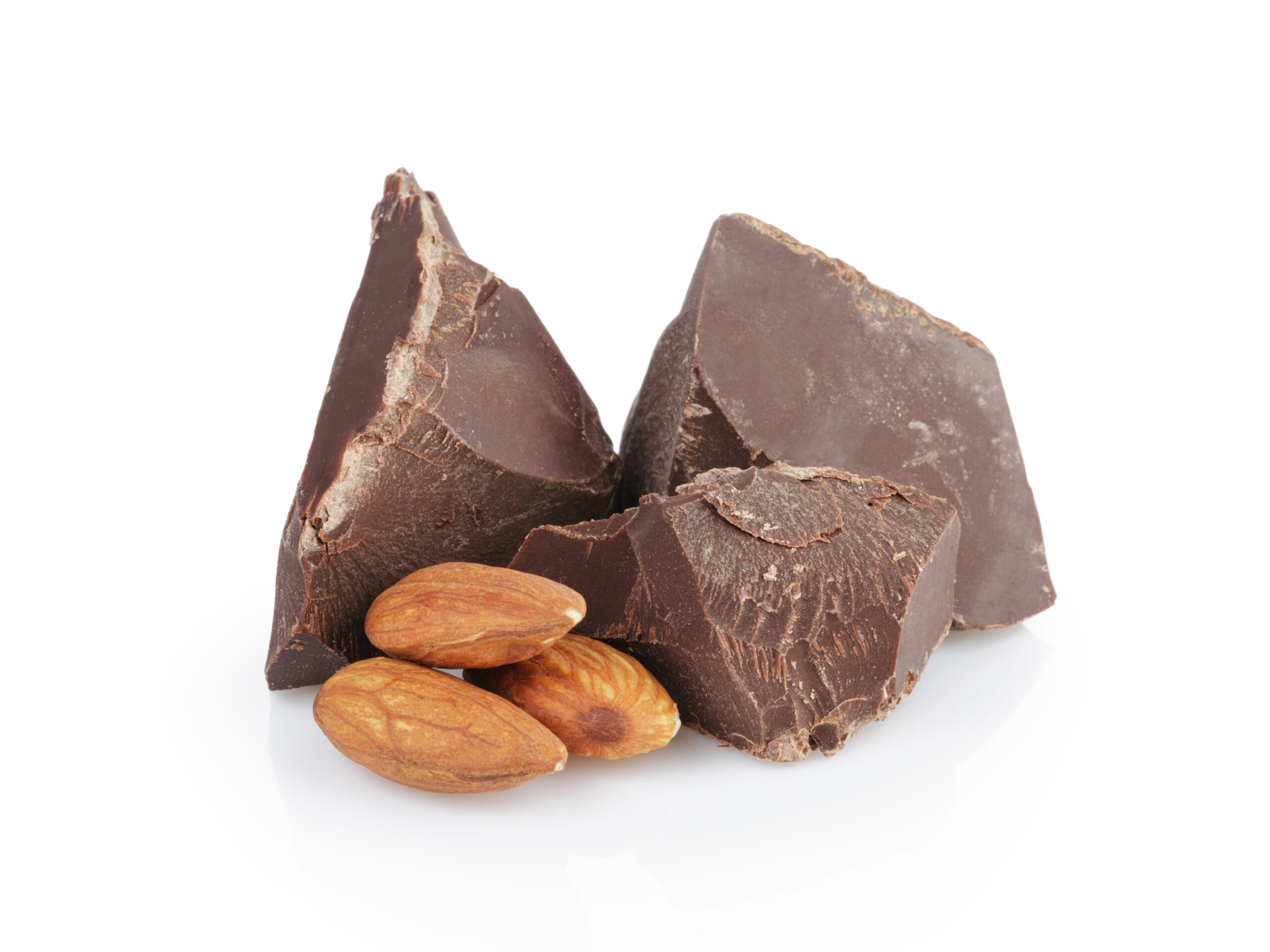
Chocolate lovers, rejoice! A study published by the Journal of the American Heart Association in 2017 found that this duo, when eaten together, reduced the levels of bad cholesterol. And you know that chocolate and almonds go together like, well, chocolate almonds. They make such a great combination!
Flaxseed and flaxseed oil are a dynamic duo.

According to WebMD, there’s strong evidence that flaxseed and its oil counterpart may help decrease cholesterol levels. If you're not sure how to incorporate flaxseed in your diet, you can add it to your smoothies, baked goods, oatmeal, or use flaxseed oil in your salad dressings.
Pack on that garlic for cholesterol-lowering results.

Garlic is a staple in Latin American cooking. It boasts so many health benefits, including boosting immunity and lowering high blood pressure. You can also add decreasing cholesterol to this pungent must-have ingredient. We're sure you already know a bunch of ways to use garlic, but may we suggest roasting it and then spreading it on a toasted baguette.
Collard greens and its cousins have incredible health benefits.
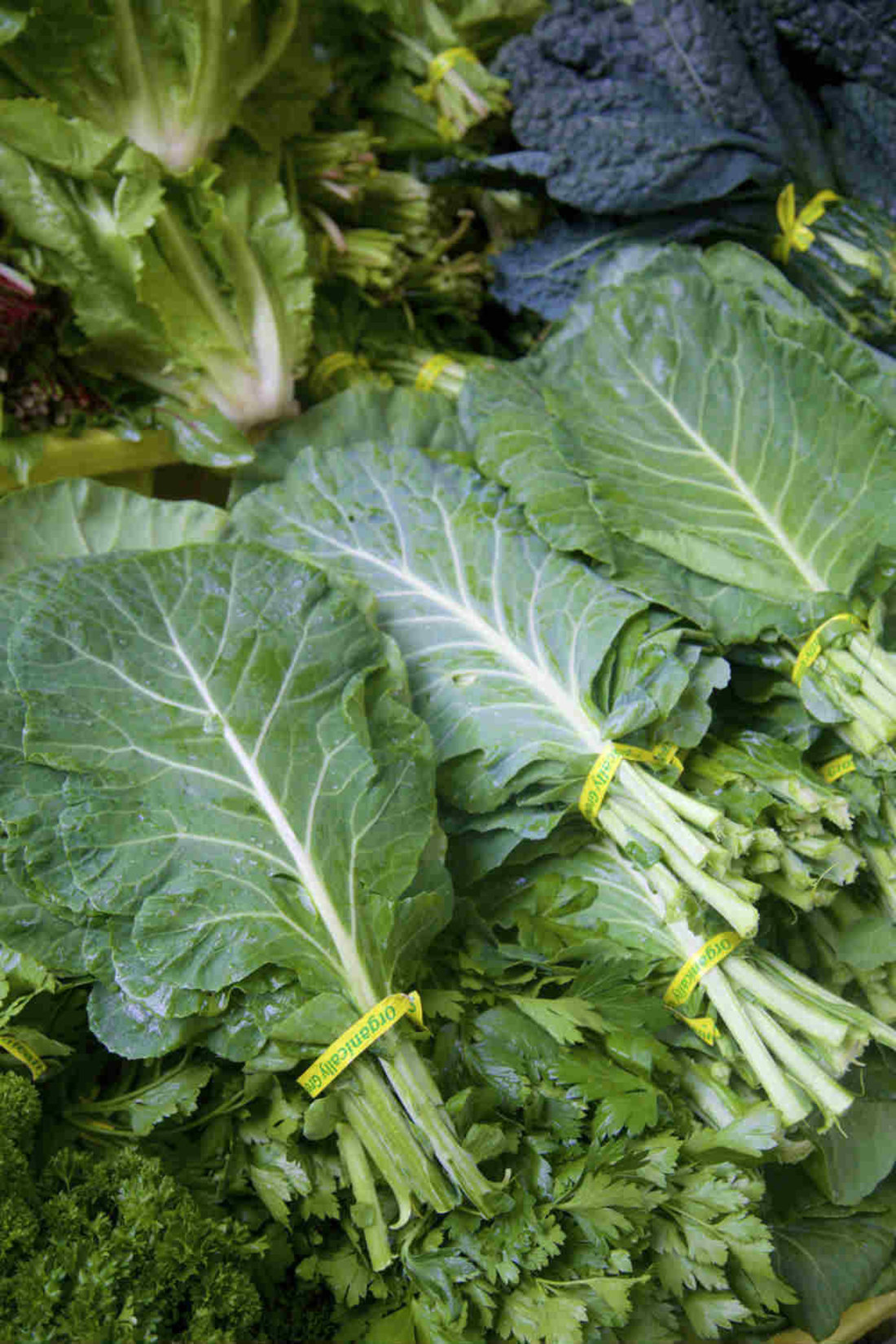
Where does one begin with all of the marvelous things these cruciferous vegetables can do? They contain antioxidants and reduce inflammation, which give them the potential to prevent cancer. Additionally, they are great sources of vitamins C, E, and K. They’re also high in cholesterol-reducing soluble fiber.
Got kale?
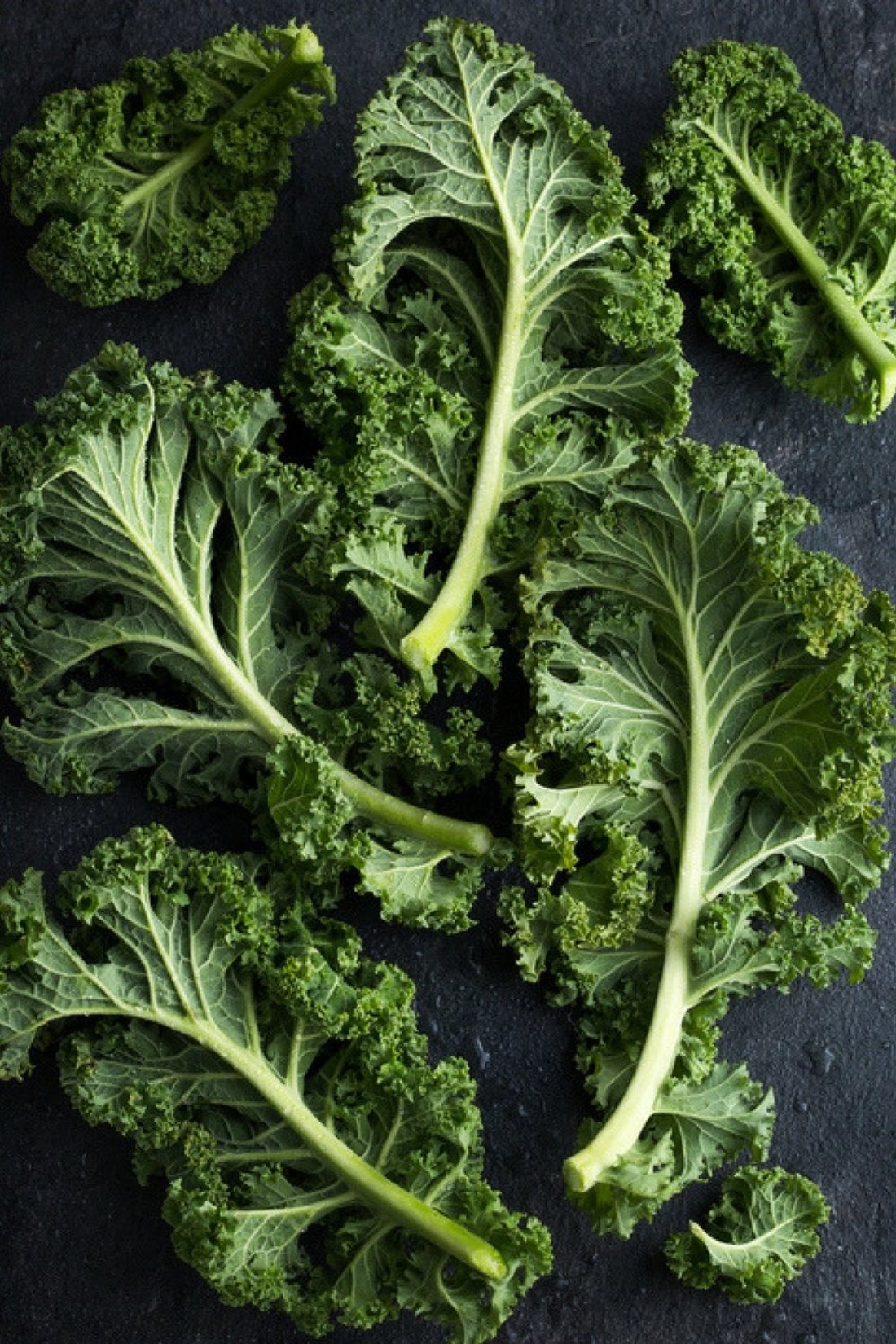
Kale has a lot of fans and for good reason. This cruciferous vegetable has all of the qualities and benefits of collard greens. Put kale in smoothies or use it instead of lettuce in salads for a superfood boost. You can also bake it with olive oil and make kale chips that are so addictive, your kids will fight you for them.
Broccoli is another cruciferous veggie that needs to be a part of your diet.
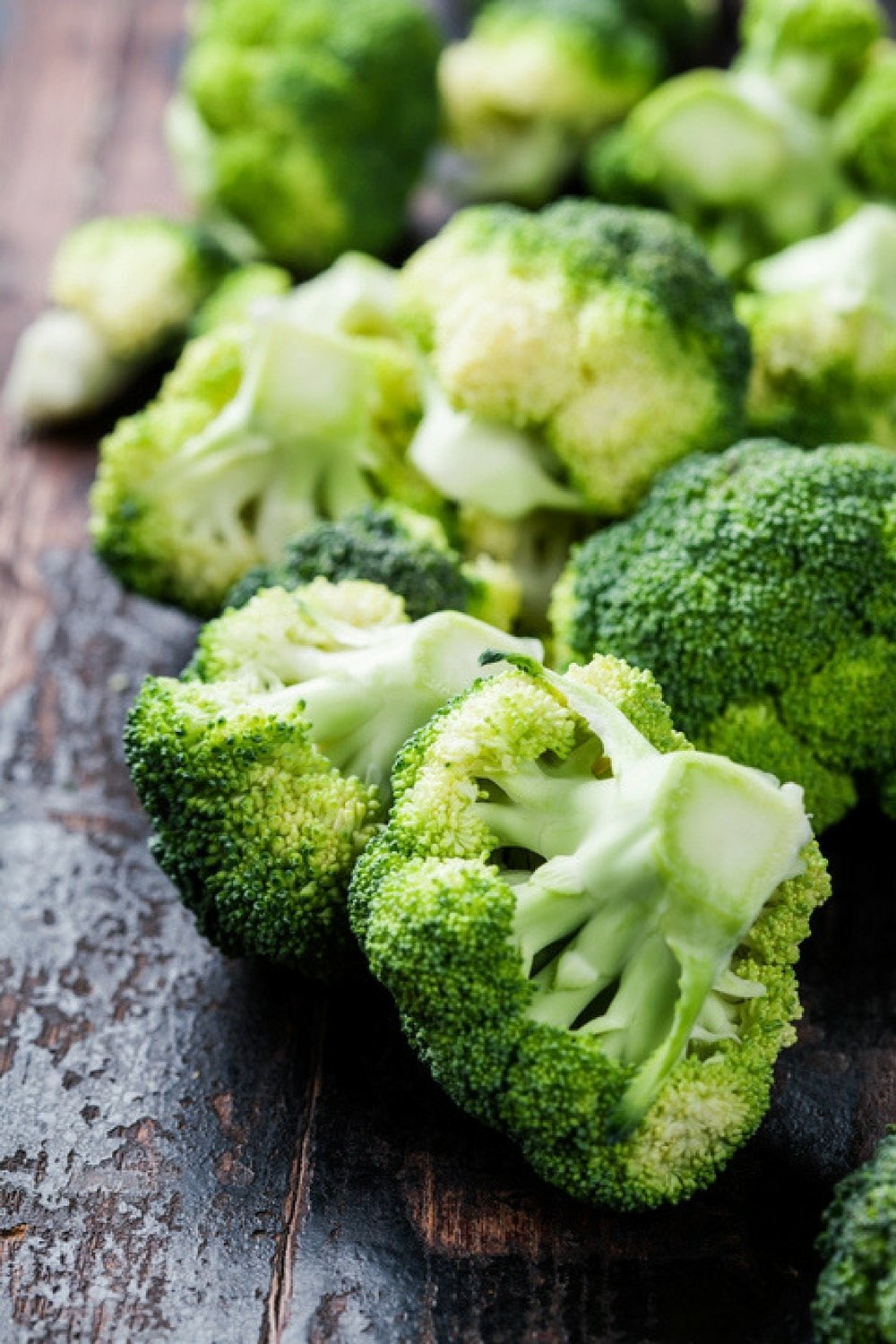
Alright, I have to admit that broccoli isn’t my favorite, so kudos to you if you can eat it without a problem. I will say that I will give it another shot because it shares the same cancer-fighting and cholesterol-lowering perks as kale and collard greens.
Cauliflower is having a moment in the spotlight.
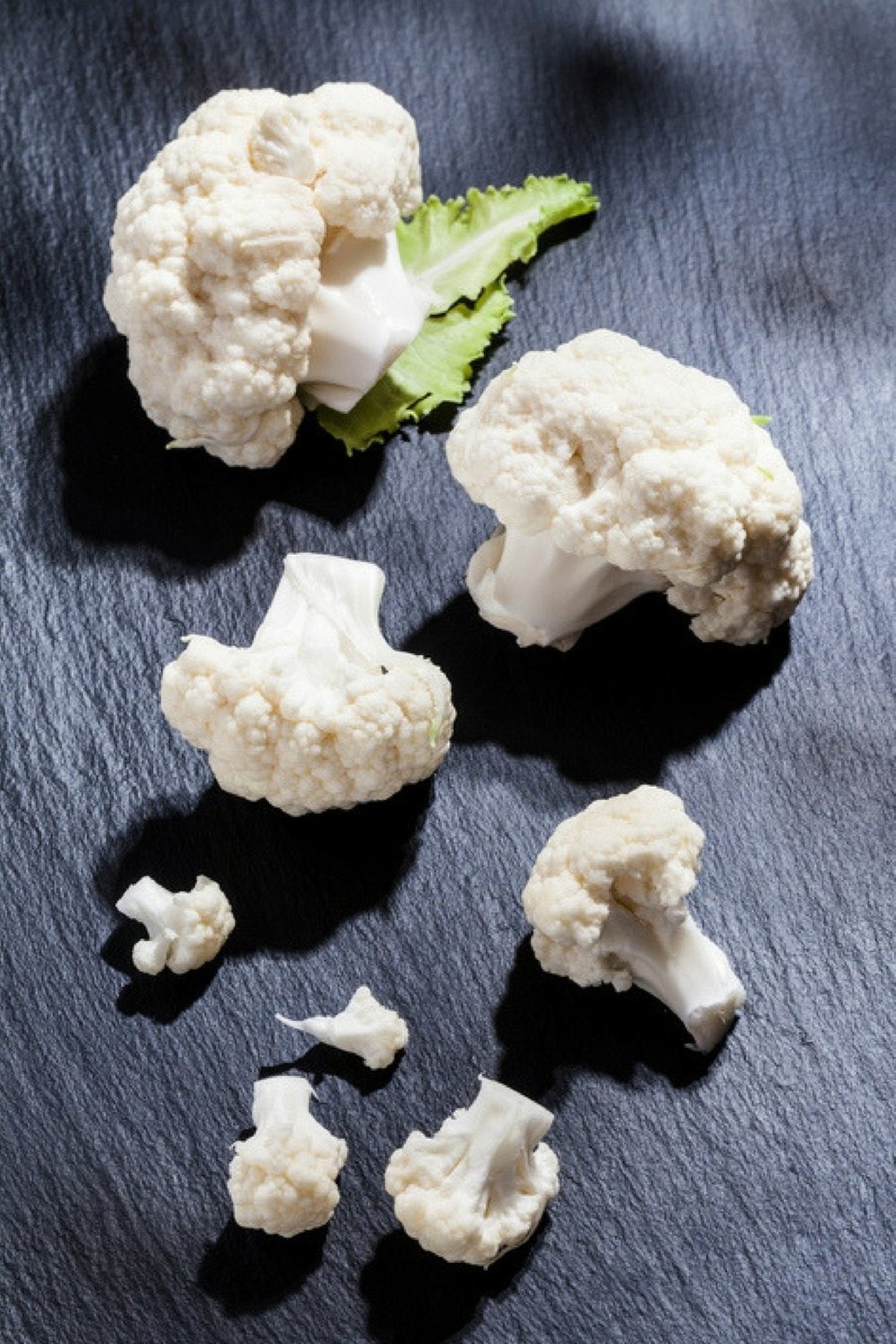
Sure, it’s popular in the form of pizza crust and as a rice replacement for those on a low-carb diet, but cauliflower is just as powerful at lowering cholesterol as collard greens and kale. If you like mashed potatoes, you can add cauliflower to them for an added health boost. It's also a super easy way to get your kids to eat cauliflower.
Strawberries are considered a superfood for good reason.
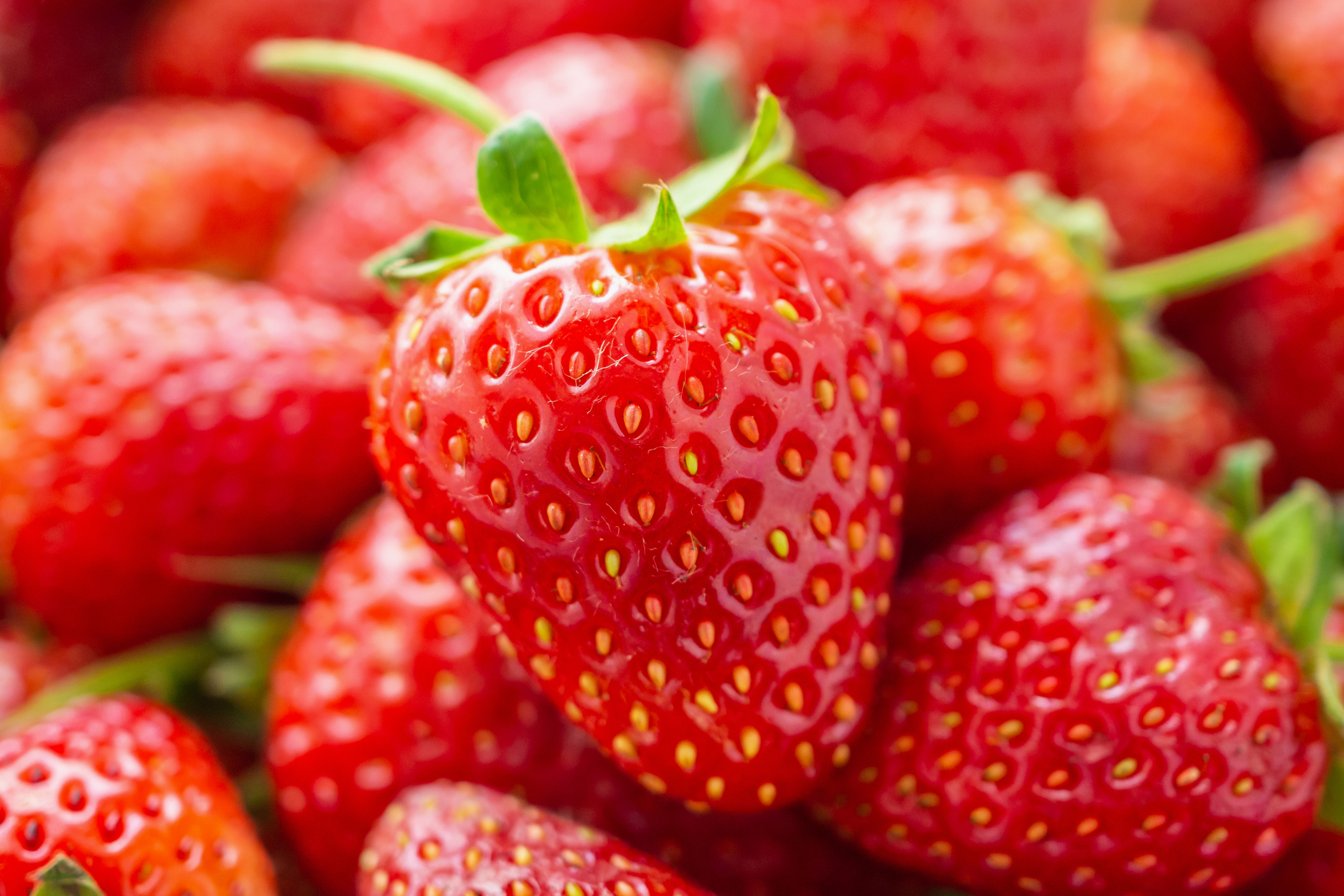
This low-calorie fruit is packed with vital nutrients including vitamin C, manganese (which is helpful in the prevention of osteoporosis), and of course, pectin, the cholesterol-reducing soluble fiber. Strawberries are great on their own or can be added to smoothies and salads. You can also top your oatmeal with them.
Blueberries are among the healthiest fruits you can eat.

Eat these berries without guilt. They have all been found to help lower your chances of a stroke and decrease your bad cholesterol. When blueberries are in season and ready to eat, they are nothing short of nature's candy. You'll want to keep popping them into your mouth.
Bring on the blackberries!
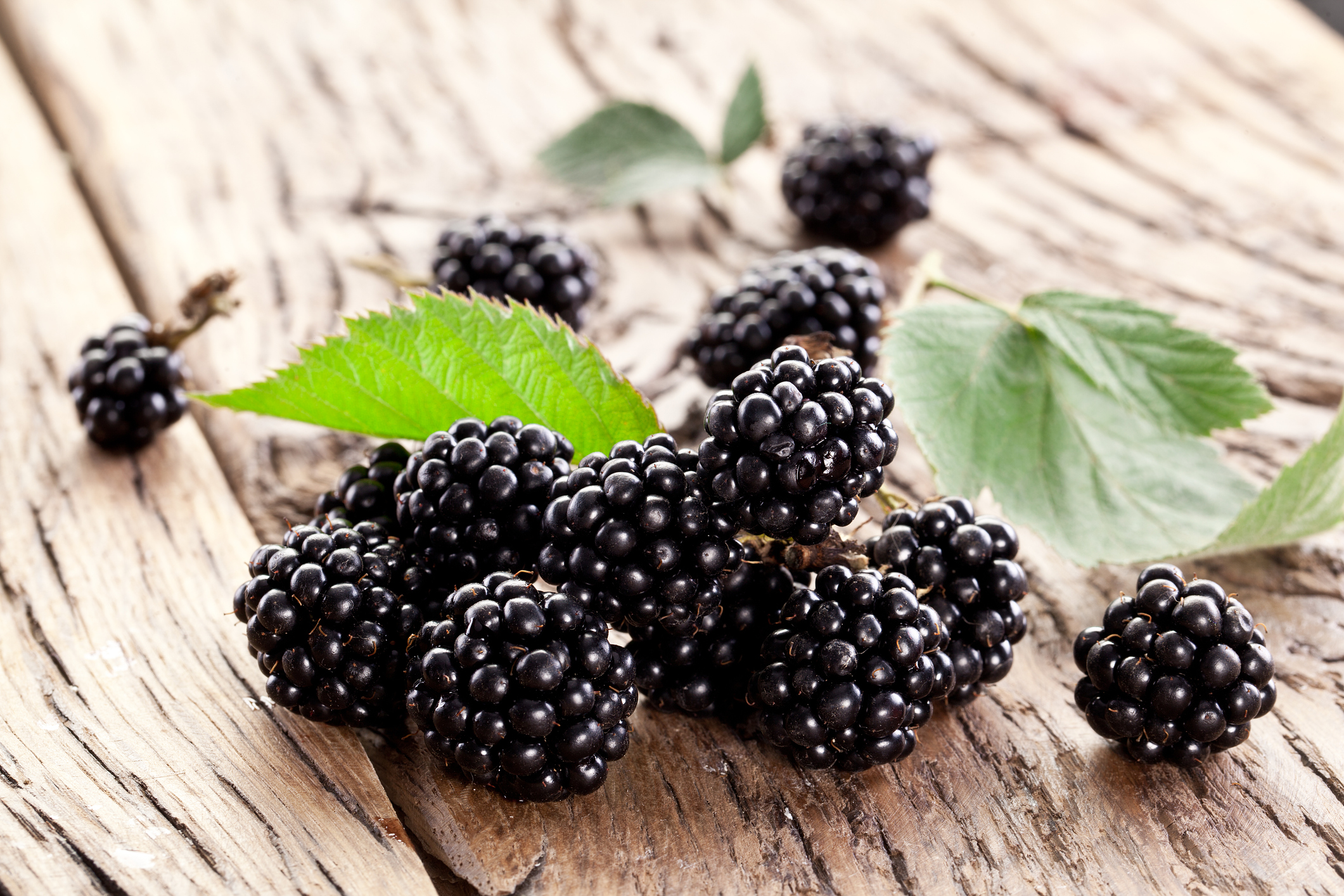
This member of the berry family has a powerful cholesterol-lowering benefit, according to studies. Ways to eat them include: adding them to yogurt, putting them in smoothies, using them to make sauces for meats. Have you ever considered having a peanut butter and fresh blackberry sandwich? Consider it!
Eat raspberries to your heart’s content.
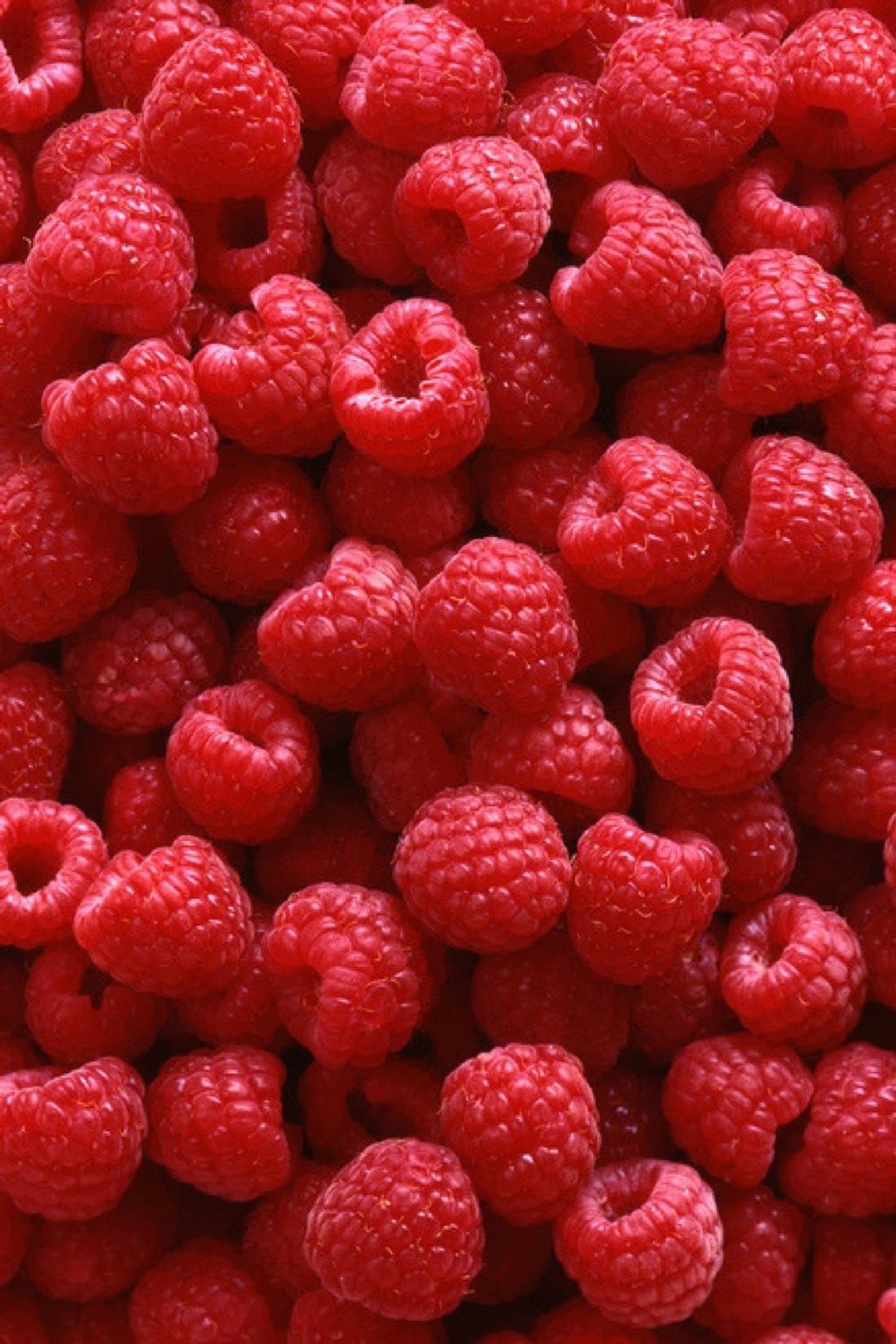
These plump wine-colored berries provide the same perks as blackberries, blueberries, and strawberries. They taste great in smoothies, yogurt, cereal, oatmeal, and with dark chocolate. Hey, you're allowed to treat yo' self!
Cherries have an impressive resume.
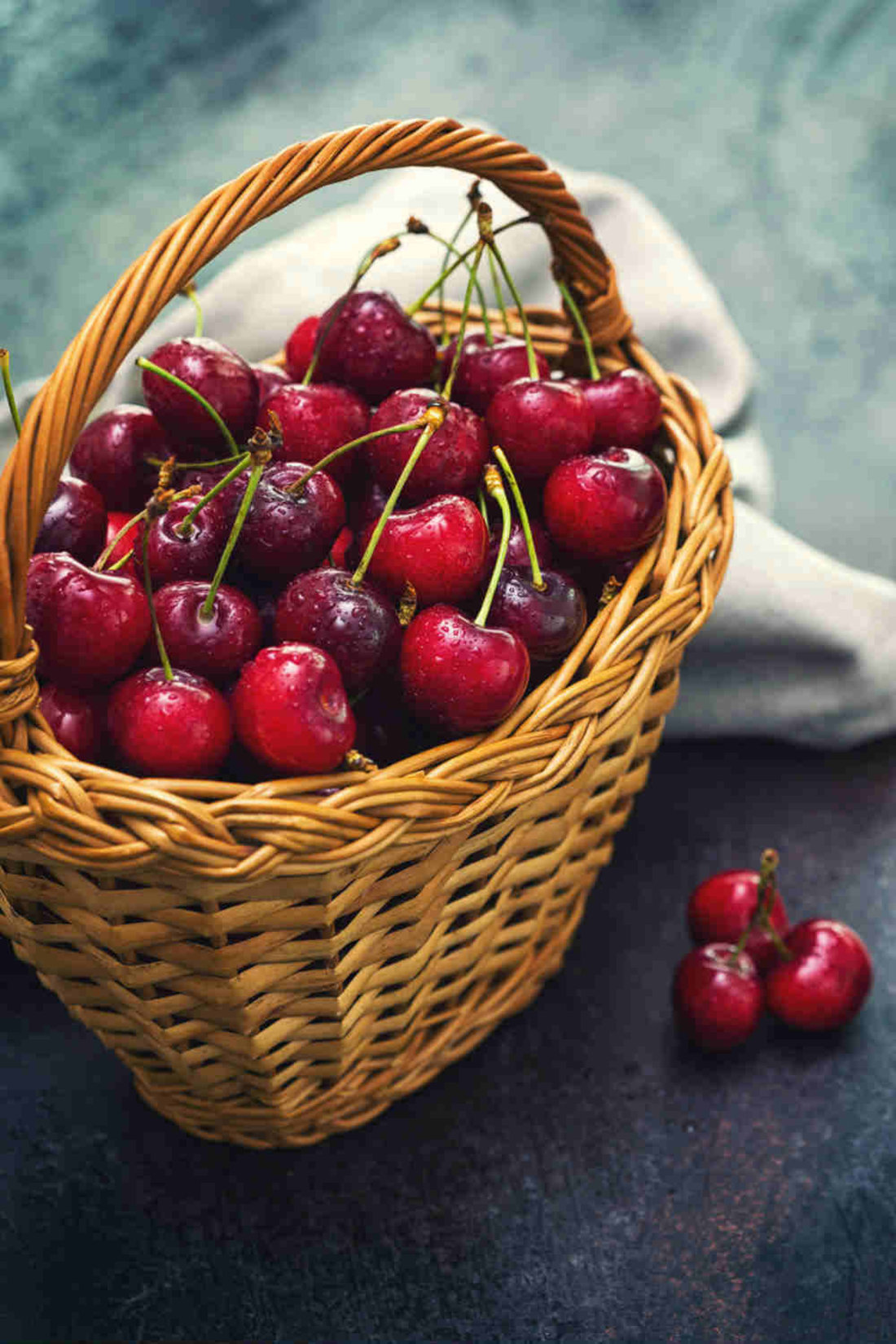
Cherries contain melatonin, which helps the body regulate sleep. They also help with muscle soreness and have shown to improve osteoporosis symptoms in patients. And, you guessed it, cherries help decrease your bad cholesterol.
Enjoy those habichuelas guisadas without guilt.
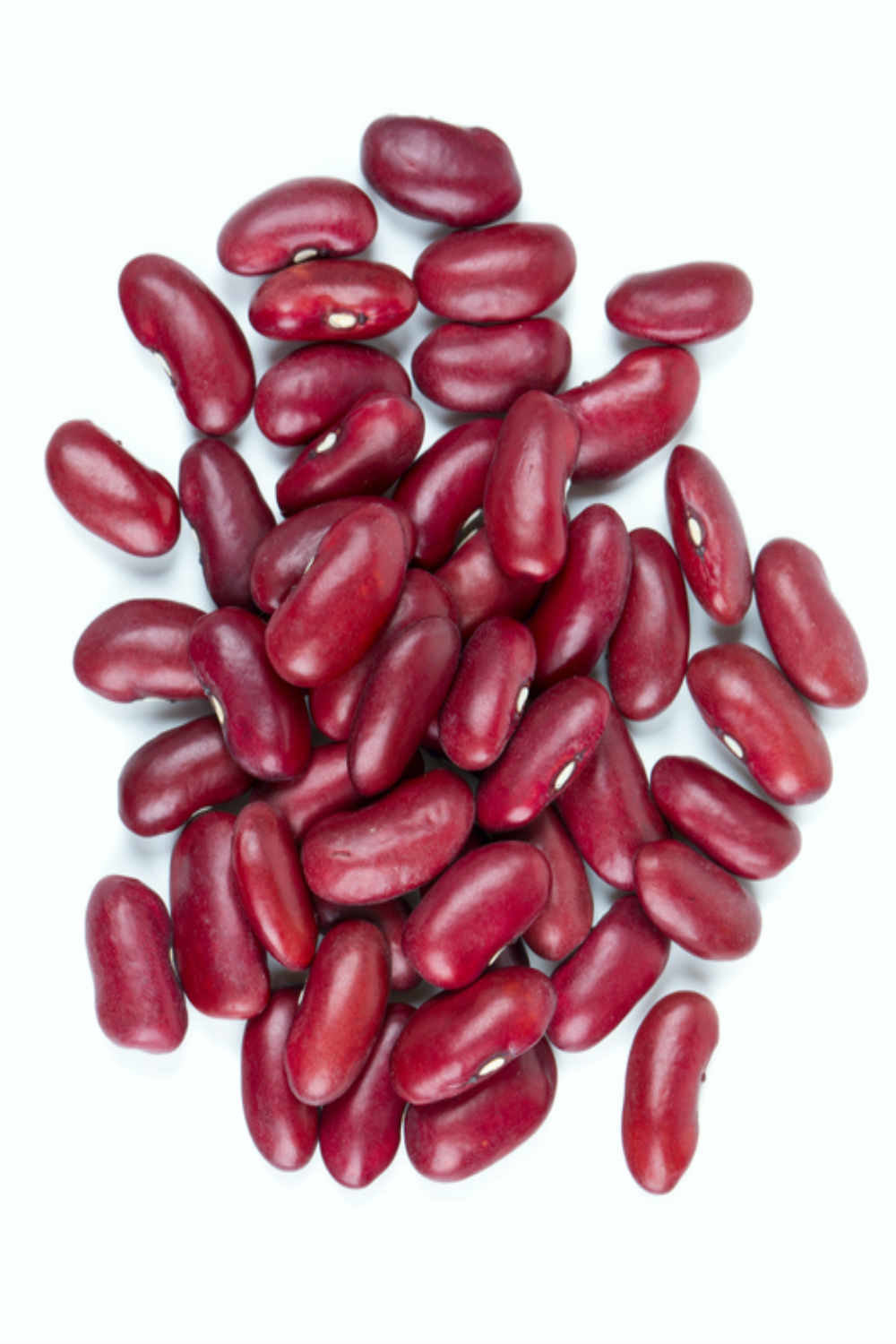
It turns out just a serving of red kidney beans can lower your cholesterol by 5%, according to a study. You can combine them with other beans and make a three- or five-bean salad. They also taste great in chili and stews. What can we say? Kidney beans are a versatile.
If you love black beans, we have good news for you.
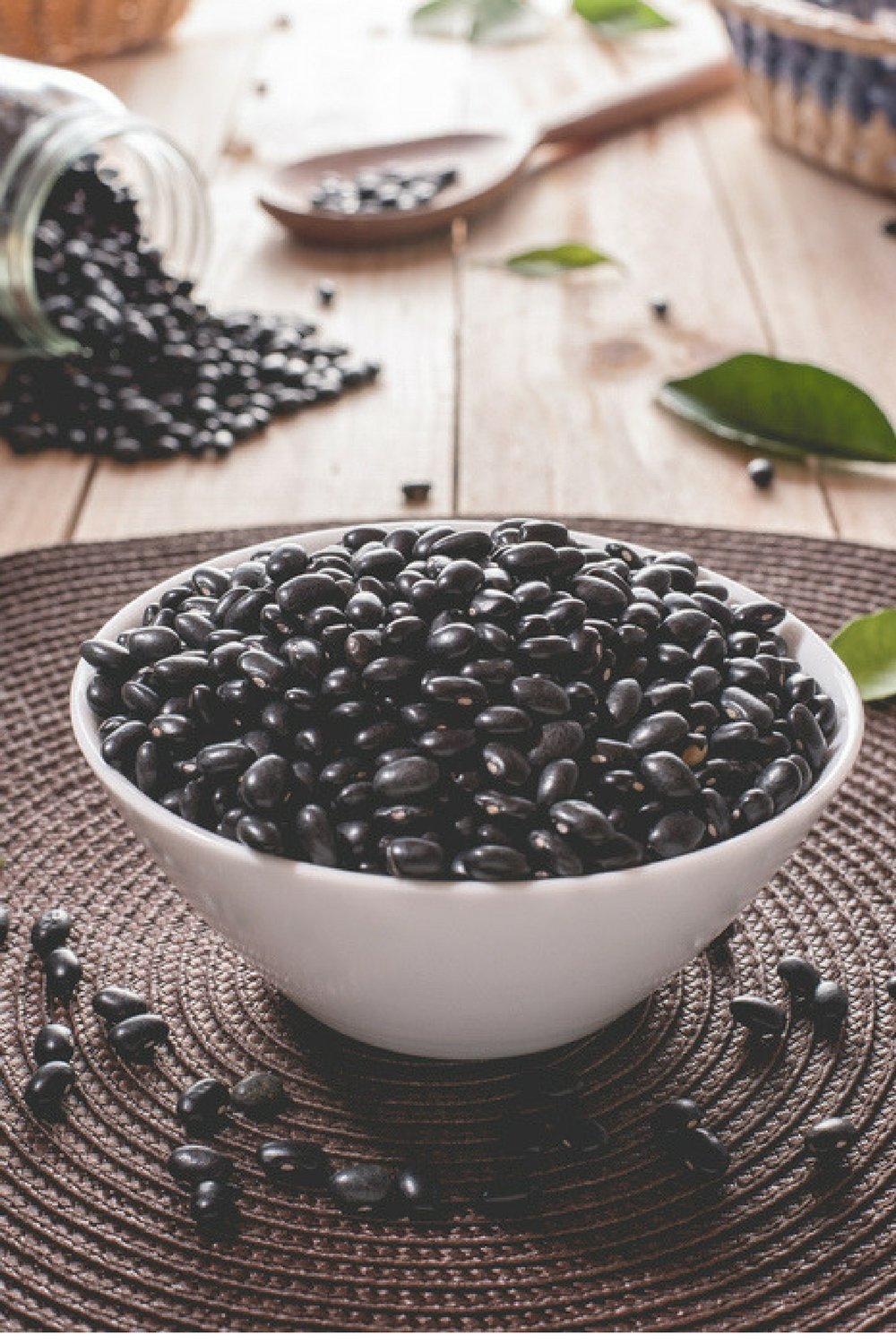
Black beans enjoy the same cholesterol-lowering reputation that kidney beans do. Of course, I’m doing a happy dance because I love black beans in soup and can’t get enough of the refried version.
White beans are awesome, too.
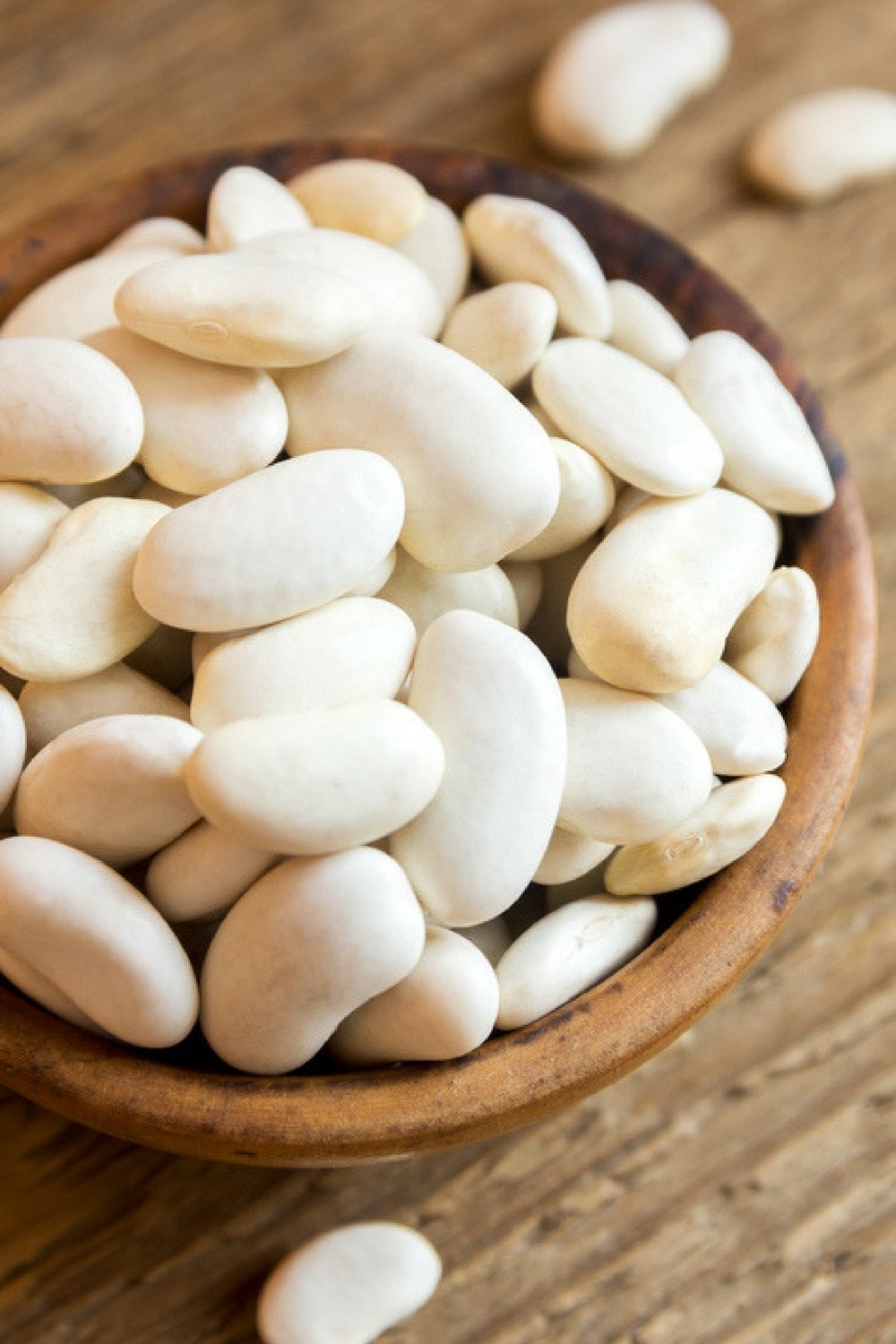
White beans are a great source of fiber. Cook them with your favorite spices and throw them into your blender or food processor to make a spread for veggies or you can make a white bean chili instead.
Lentils are so yummy and healthy.
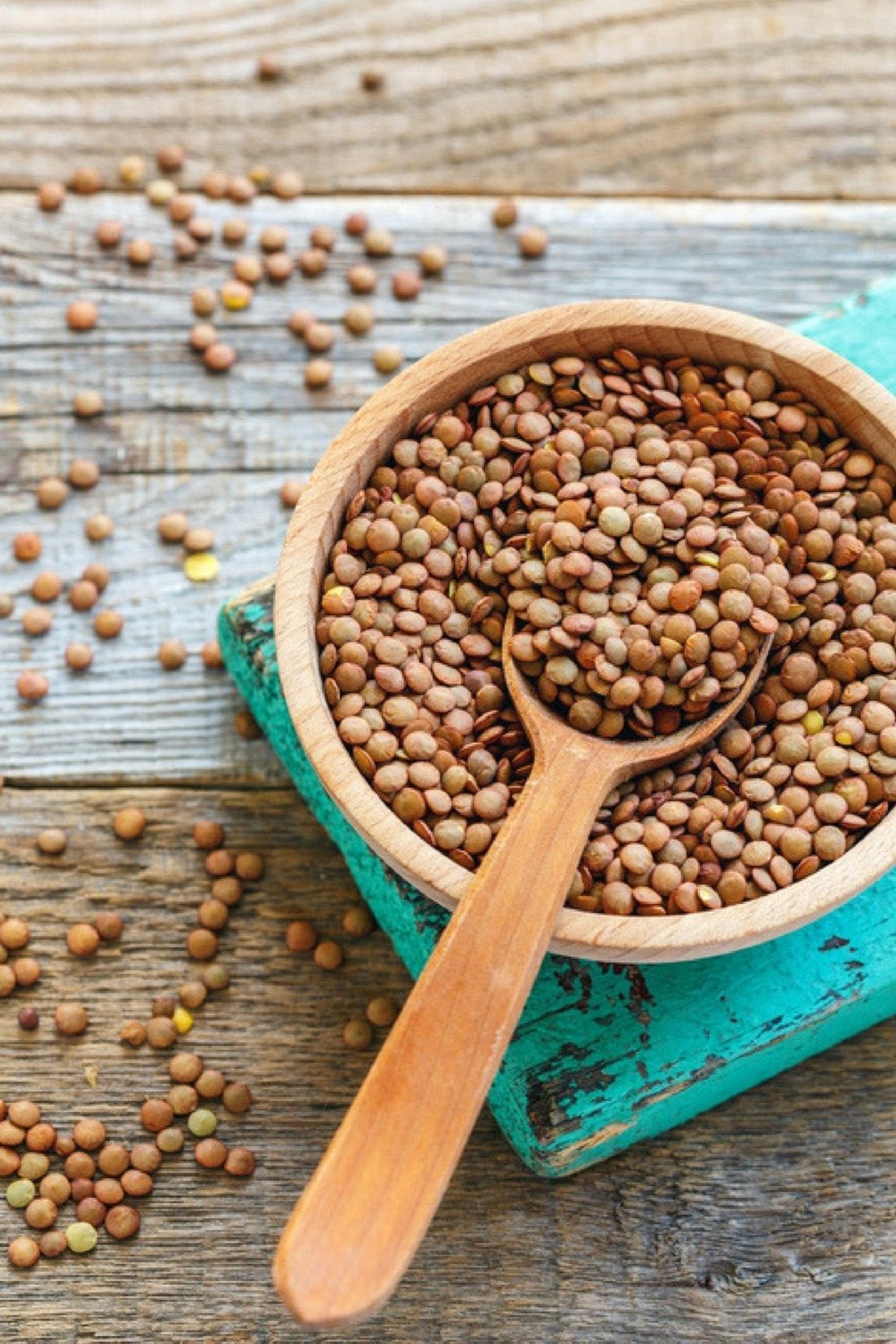
Lentils are amazing. You can make arroz con lentejas, stew them into a dish called menestra, or even make a ham soup that includes, you guessed it, lentils. A good lentil soup can warm you from the inside out. They are also incredibly budget-friendly.
Fill up on pinto beans.
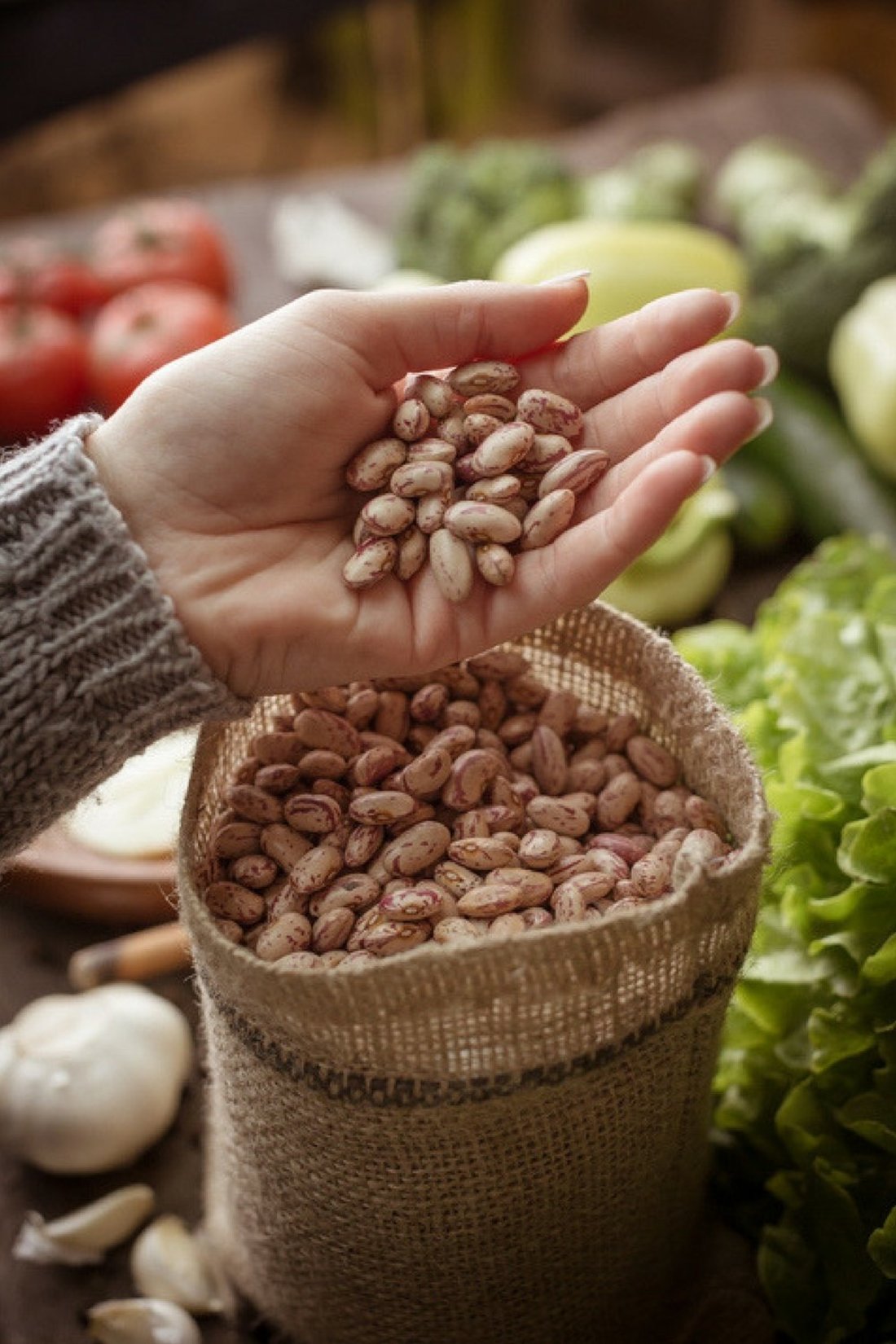
A regular in Mexican cuisine, these beans have so much good-for-you fiber. They are also incredibly affordable. You can have them whole or mashed. If you make a big pot of them over the weekend, you will be set for the whole week. You can serve them as a side dish with all kinds of meals.
Chickpeas are another bean in the cholesterol-lowering hall of fame.
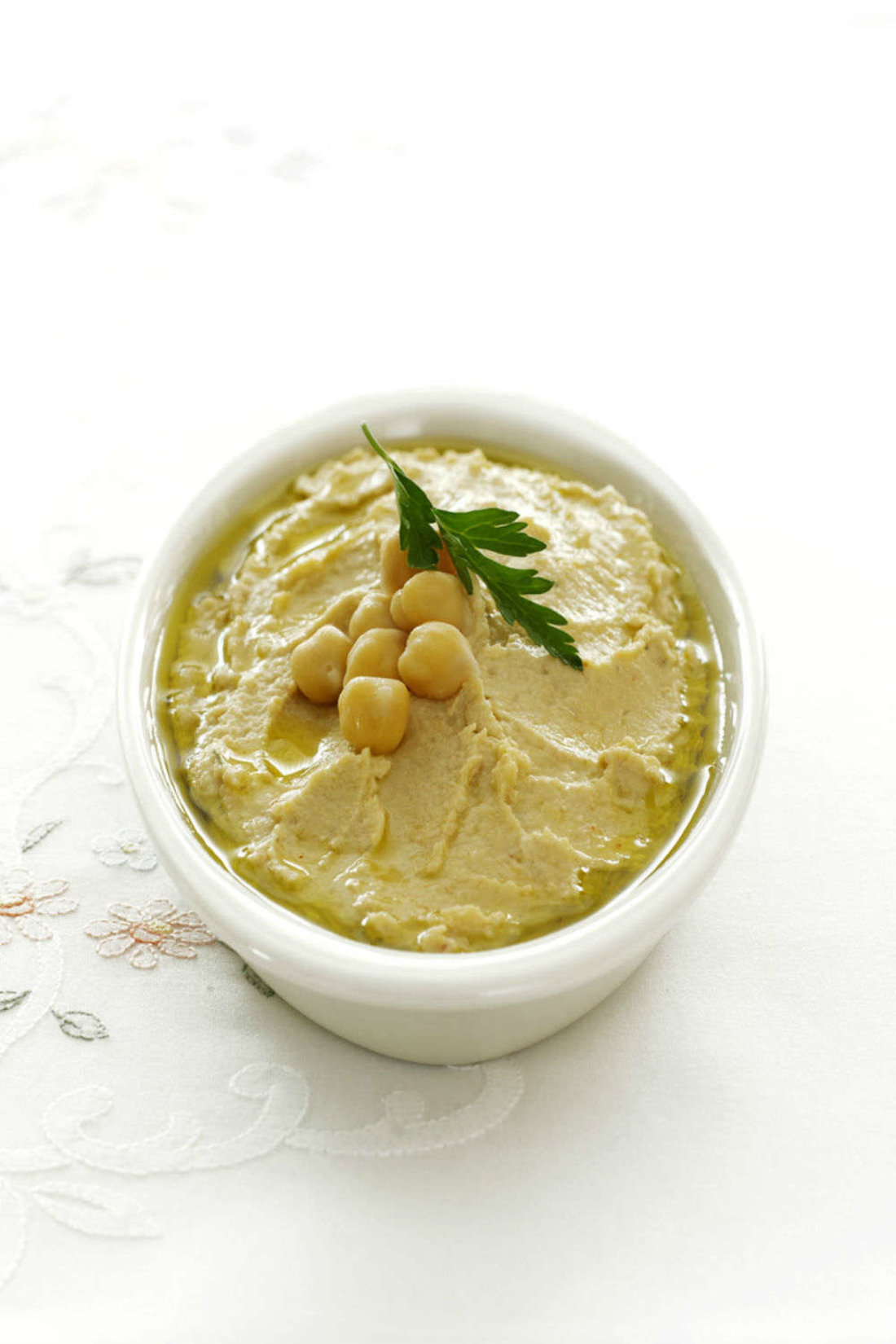
If you love hummus or chickpea stew, you’re helping reduce your cholesterol. Like their other bean cousins, chickpeas contain soluble fiber. You can enjoy hummus as a healthy spread option on your sandwiches. It goes well on whole-wheat bread with avocado, sprouts, and tomatoes.
Oranges aren’t just delicious.
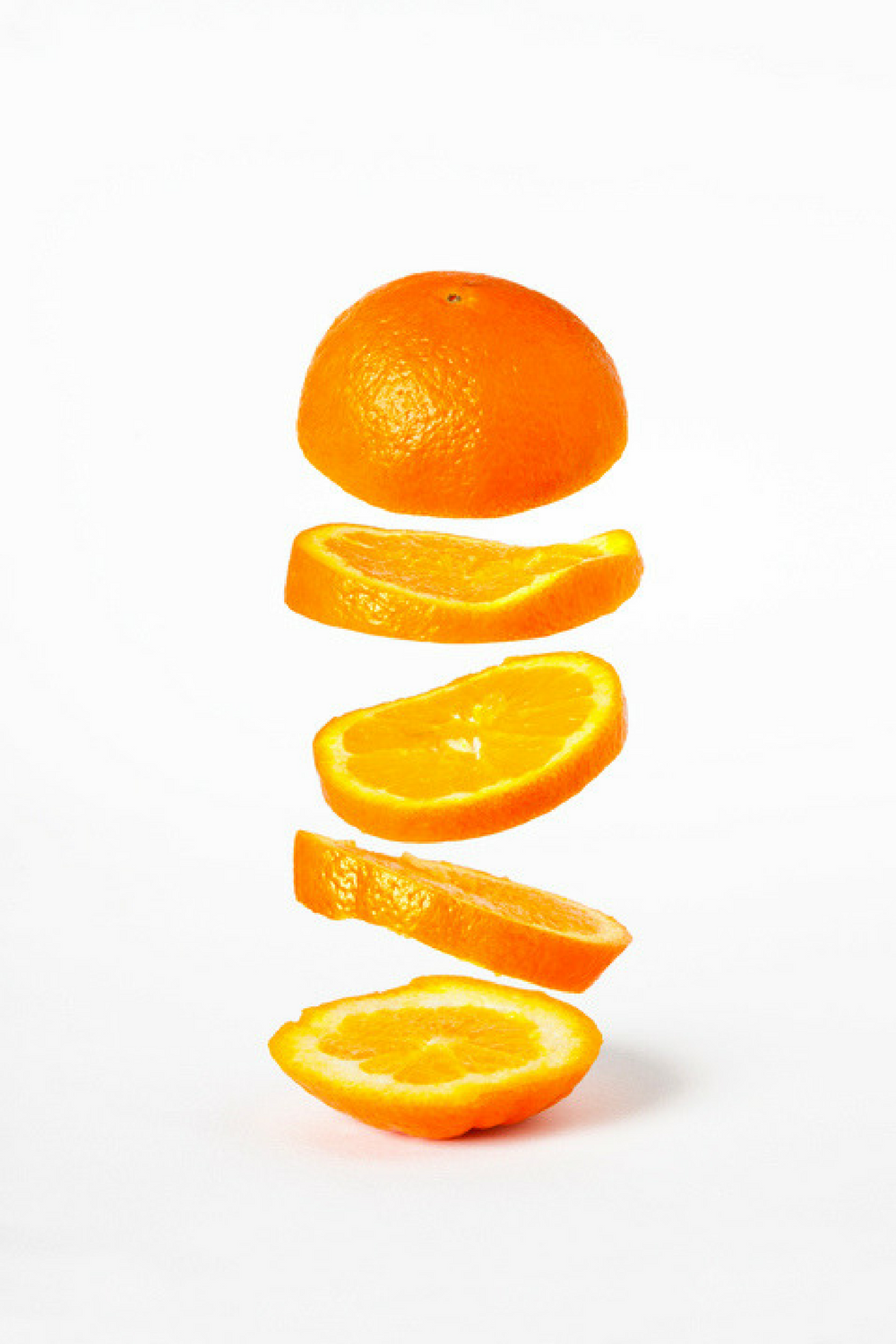
They all contain pectin, a soluble fiber that lowers cholesterol. Oranges are so delicious on their own. If you're a fan of adding spicy to sweet, you can sprinkle them with some chile powder for a sweet and spicy treat. Oh, and have you ever tried marinating steak in orange juice? So good!
Grapefruits also have that pectin power.

If you favor grapefruits, you're still getting the benefits of pectin. You can slice them in half and use a serrated spoon to eat them. Sliced grapefruit works in a variety of salads. You can also use the juice of the fruit to make salad dressing.
Limes are also part of the pectin crew.
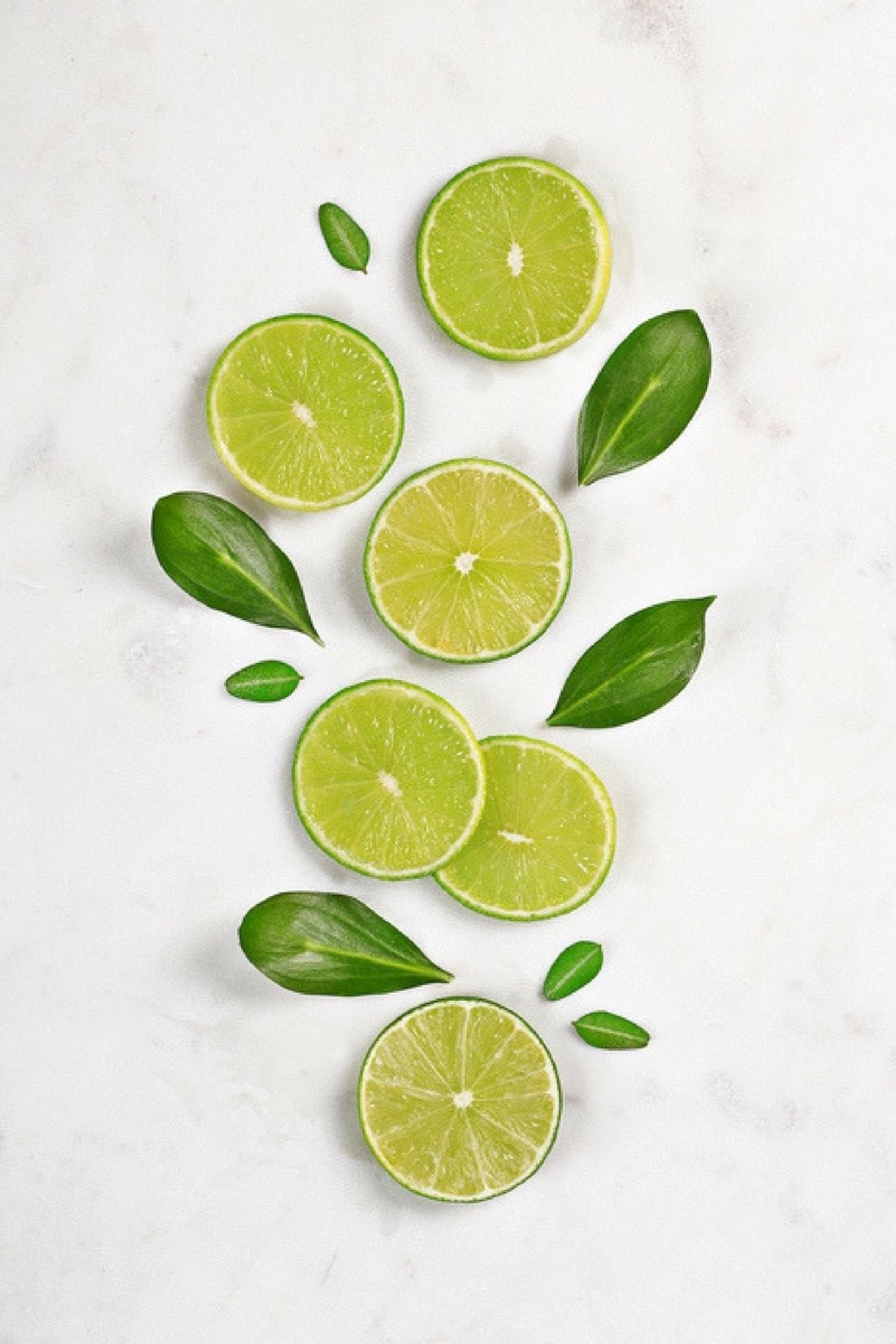
Make yourself a limeade and be sure to include the pulp. Or, get to squeezing, put lime juice on top of tomatoes, jicama, or cucumbers. And a little lime always goes great with some homemade guacamole. You can also squeeze some of the juice into your soups.


